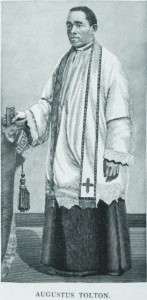
Rising Above
From slavery to the priesthood
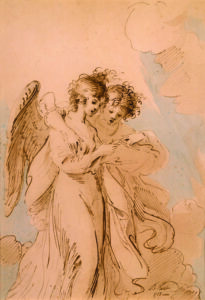
Voice and Freedom
Expressing our essential self
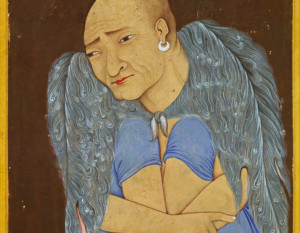
Meeting the Teacher
A life-changing encounter with spiritual authority
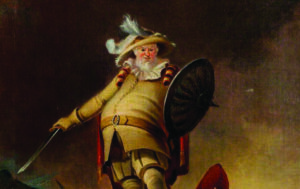
I Knew Two Men
Remembering Harold Bloom and Jacob Needleman
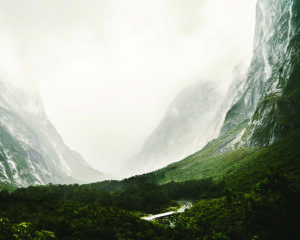
The Word for Soul
A lyrical song of love, nature, the sacred
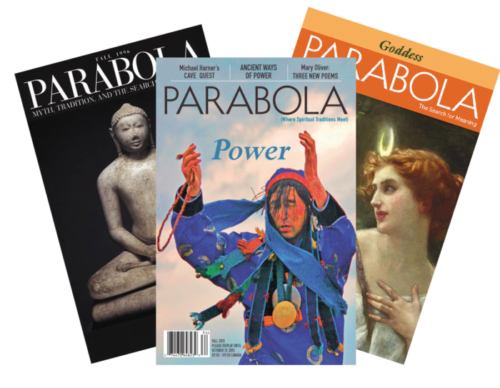
Many Parabola back issues are available to buy in both print and digital format. Visit our online store to browse our collection!
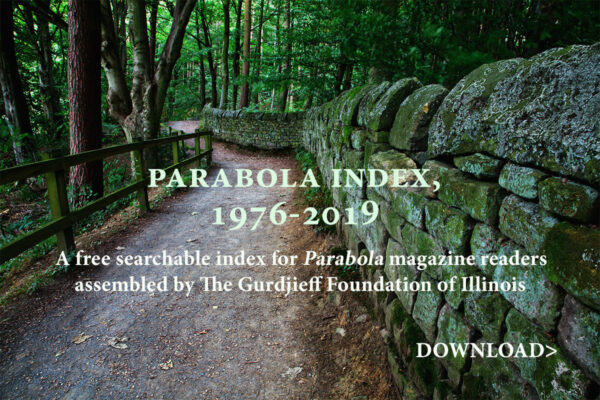
The Gurdjieff Foundation of Illinois has generously assembled a free searchable index for Parabola magazine readers. The index will allow rapid and in-depth access to any topic/author/title covered by over 40 years of Parabola‘s publications.
Popular Posts
Browse

The Christmas Angels, by Risa Levenson Gold with Artwork by Jean Zaleski
Two strangers, vehicles of the miraculous

The Buddha Calling the Buddha, by Kinrei Bassis
Odilon Redon, Buddha Walking Among the Flowers, 1905. “Most of us are like a fish caught in a hook. The Buddha is trying to reel us in; the hook holding us is our deep spiritual longing. We spend most of the time struggling, not wanting to be reeled in, not wanting…
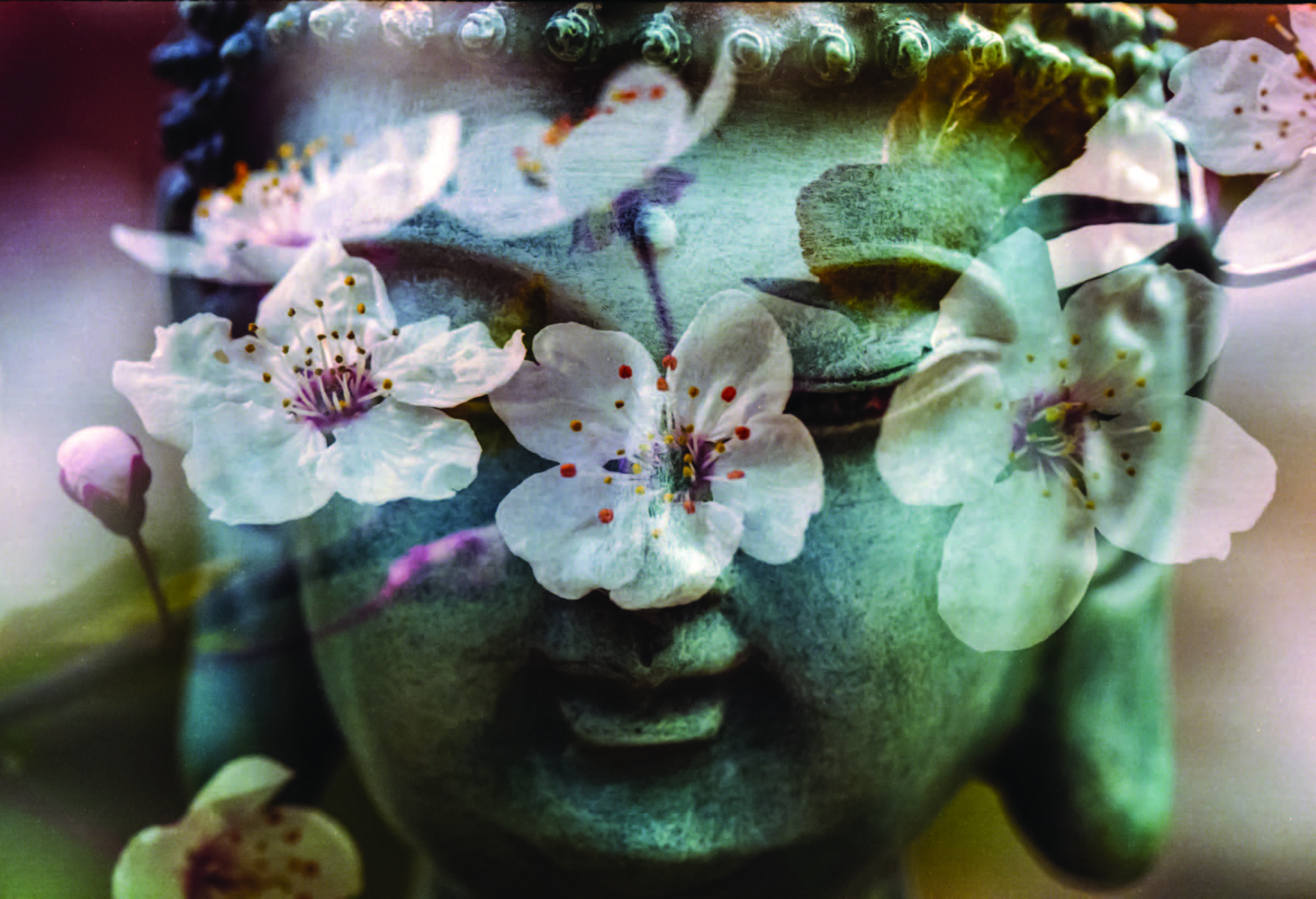
In the Midst of Winter, an Invincible Summer, by Tracy Cochran
Seeing the light when it is darkest
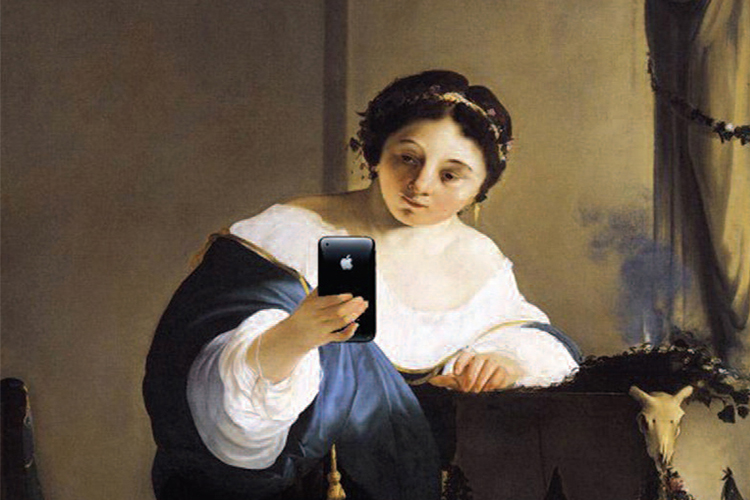
The Challenge of Artificial Intelligence, by Jeff Zaleski
Mike Licht, Cydippe with Acontius’s Apple iPhone, after Paulus Bor The toy company Mattel has announced the release in Fall 2015 of “Hello Barbie,” the first Barbie doll to feature artificial intelligence. Through the toy’s wireless transmission of a child’s voice (“Hello, Barbie!”) to offsite computers, which will wire back a…
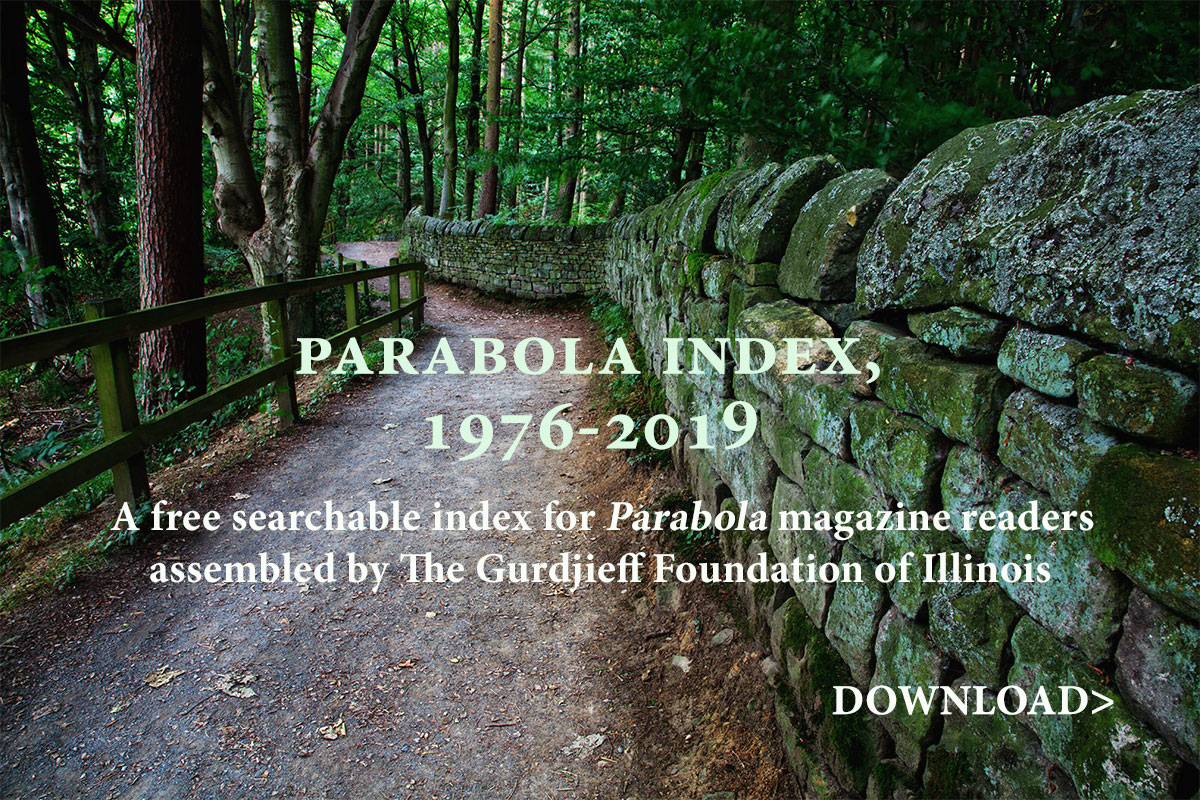
Parabola: The Search for Meaning : Free Complete Digital Index, 1976-2019
The Gurdjieff Foundation of Illinois has generously assembled a free searchable index for Parabola magazine readers.
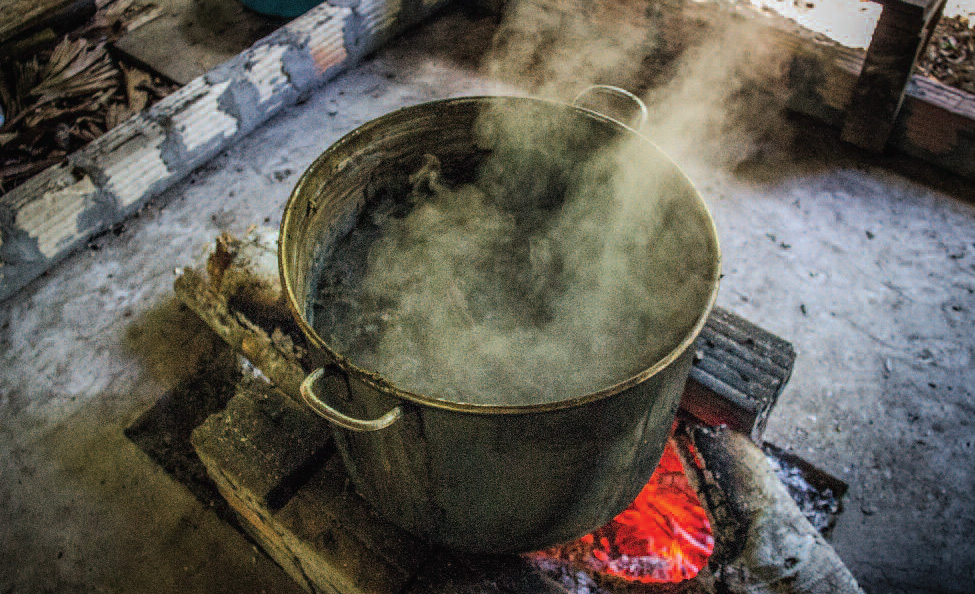
Plant Healing and Shamanism in the Deep Amazon, by Jorges Hachumak with David L. Carroll
Inside an Ayahuasca ceremony

Without Pause, by Mark Nepo
They say the legendary hitter Ted Williams could see the seams of the ball as it came out of the pitcher’s hand. …
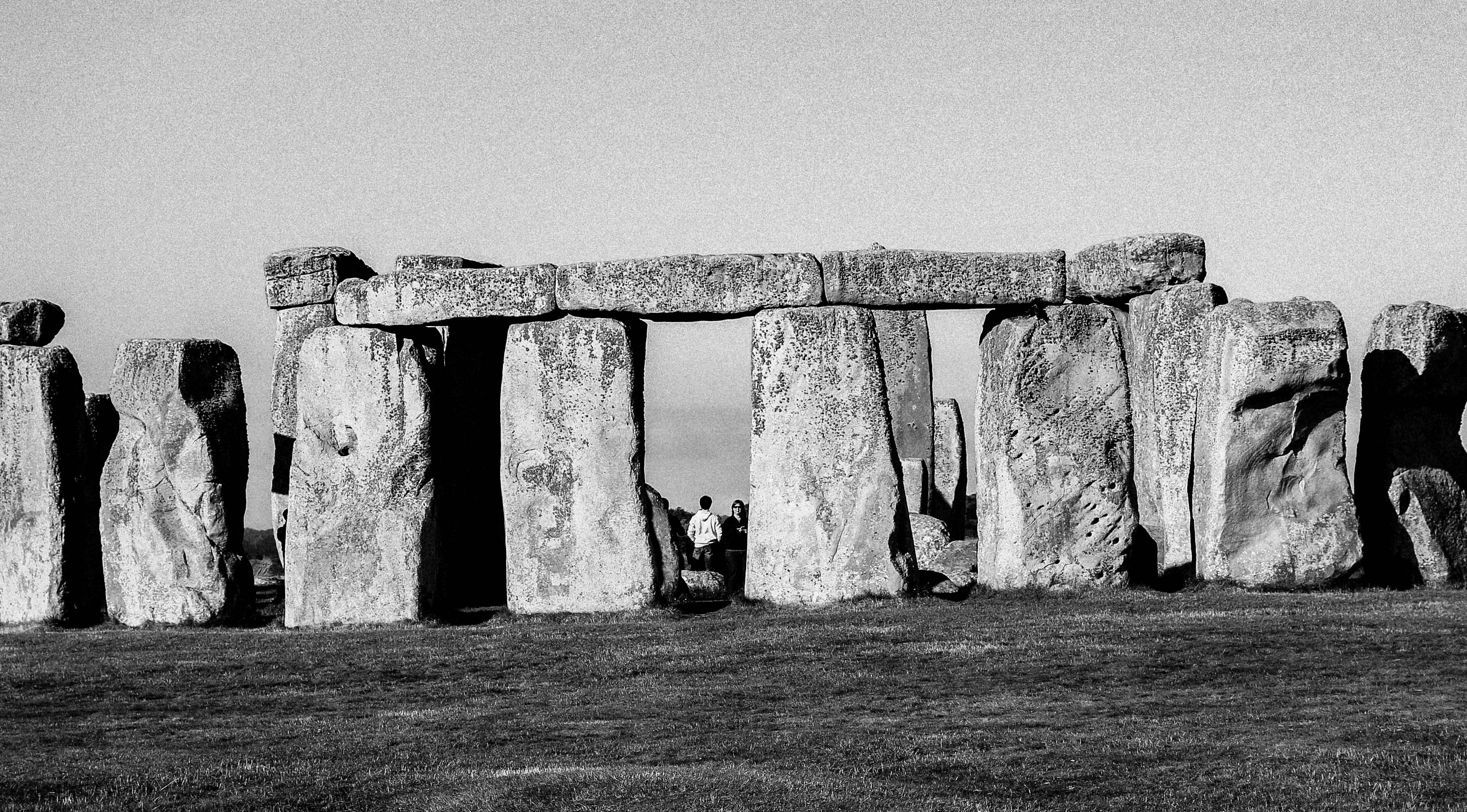
Cosmos in Stone, by Hélène Fleury
Researches into the source of megalithic culture.

A Path of Love and Freedom, by Amir Freimann
A conversation with Sufi master Llewellyn Vaughan-Lee

The Natural Order of Things, by Llewellyn Vaughan-Lee
A Sufi master on finding balance in an unstable world

In Search of Bombadil, by Keith Badger
Tracking J.R.R. Tolkien’s Keeper of the Forest

Friendship, by Judith Valente and Br. Paul Quenon
A journalist and a monk exchange revelatory letters
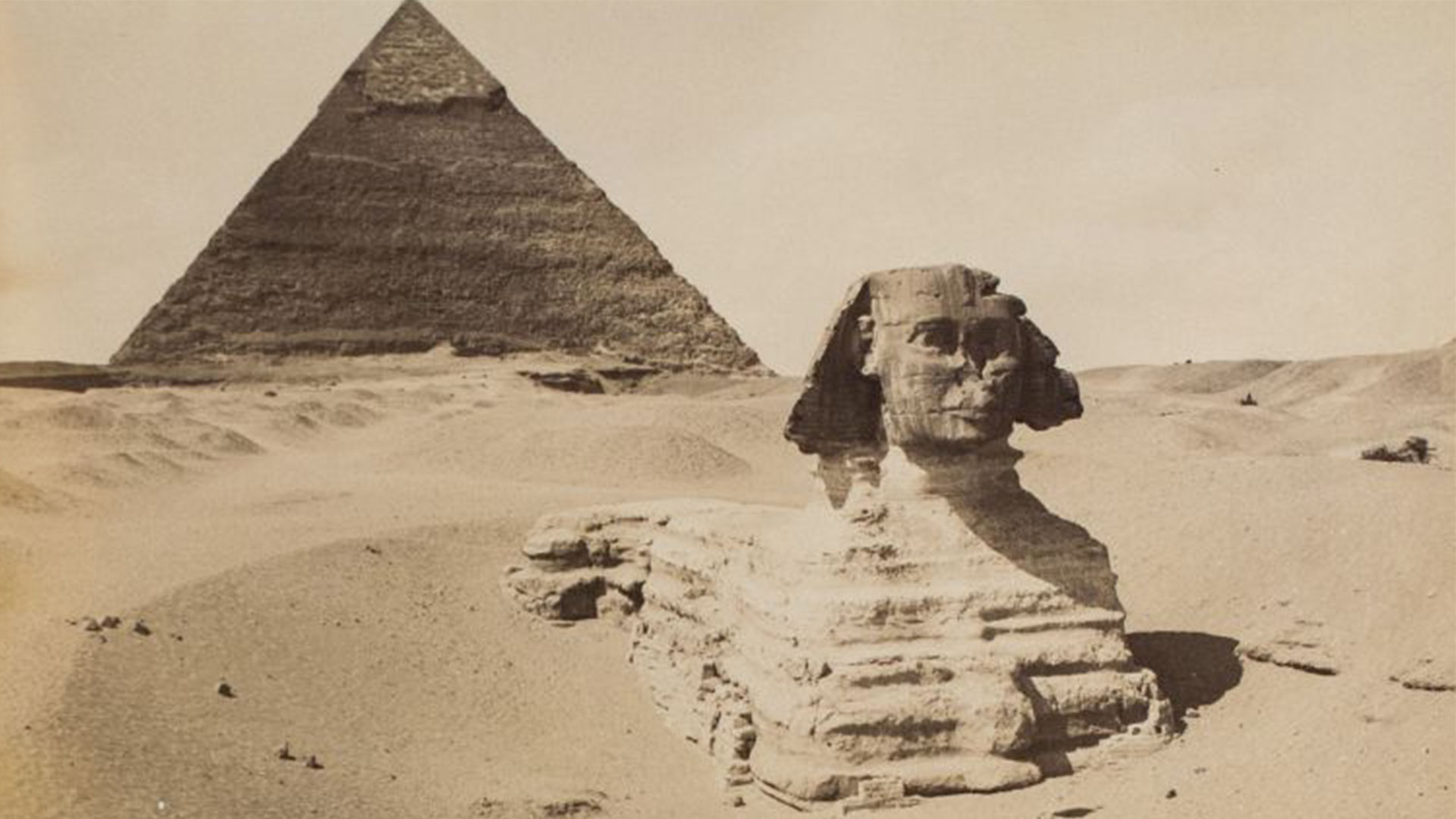
Parabola Podcast Episode 26: “Wealth”
This episode of Parabola’s free monthly podcast includes an excerpt from David Ulrich’s Zen Camera on the joys of mindful photography and drawing, as well as Alexandra Haven’s essay on the wonders of ancient Egypt […]
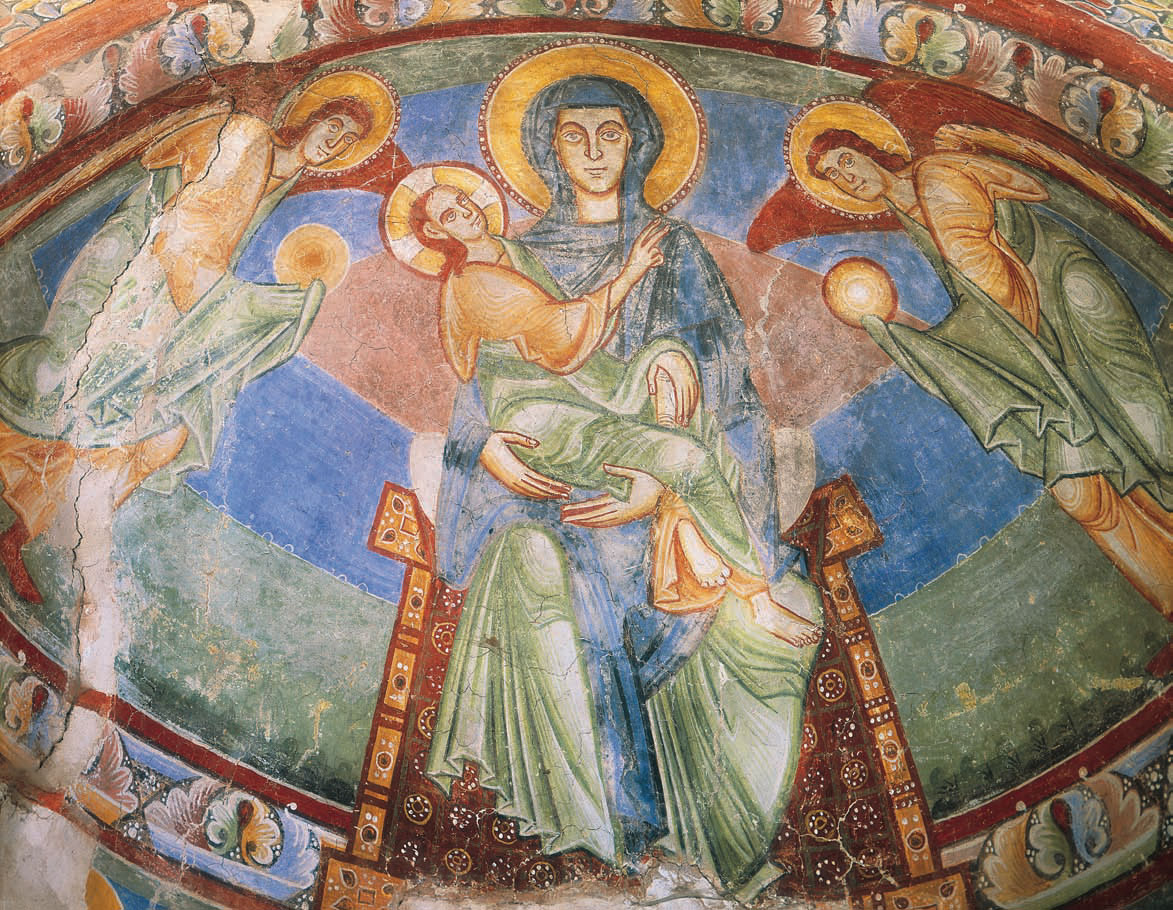
Love and Money, by Richard Smoley
The secret prices of love

Playing With God, by Tracy Cochran
Photograph: Girls exploring rock pools, Cameron Bay by State Library of Victoria Collections, 1909 “Religion isn’t for me,” announced my eight-year-old daughter, Alexandra, as we ate dinner together one January night. “I think of it like an old spider on the wall. I know that it’s there but I try to…

Parabola Podcast Episode 39: The Wild
Story Editor Betsy Cornwell shares excerpts from the current issue of PARABOLA: The Wild.
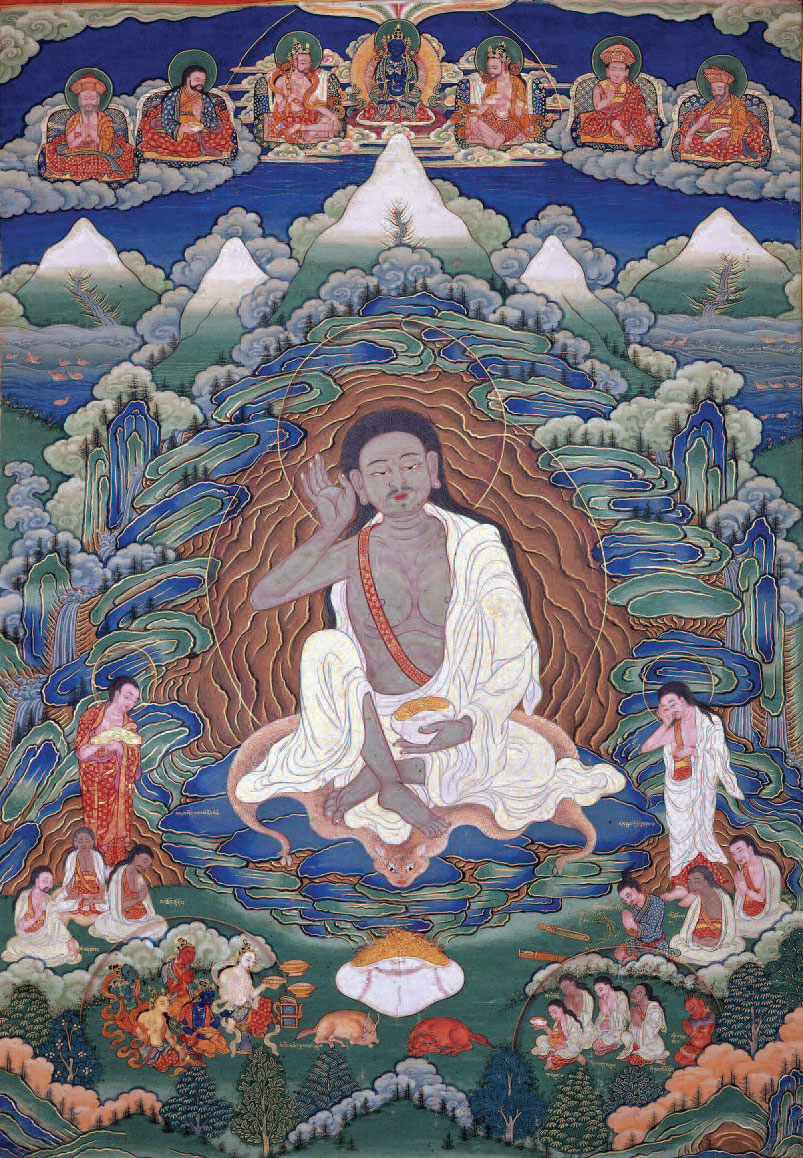
A Matter of Life and Death, by Rosalind Bradley
Reflections from a Death Row inmate; inspired thoughts from a Sikh guide

The Rose, by Malcolm Guite
A white rose opens in a quiet arbour
Where I sit reading Dante, Paradise
unfolding in me, opens hour by hour […]
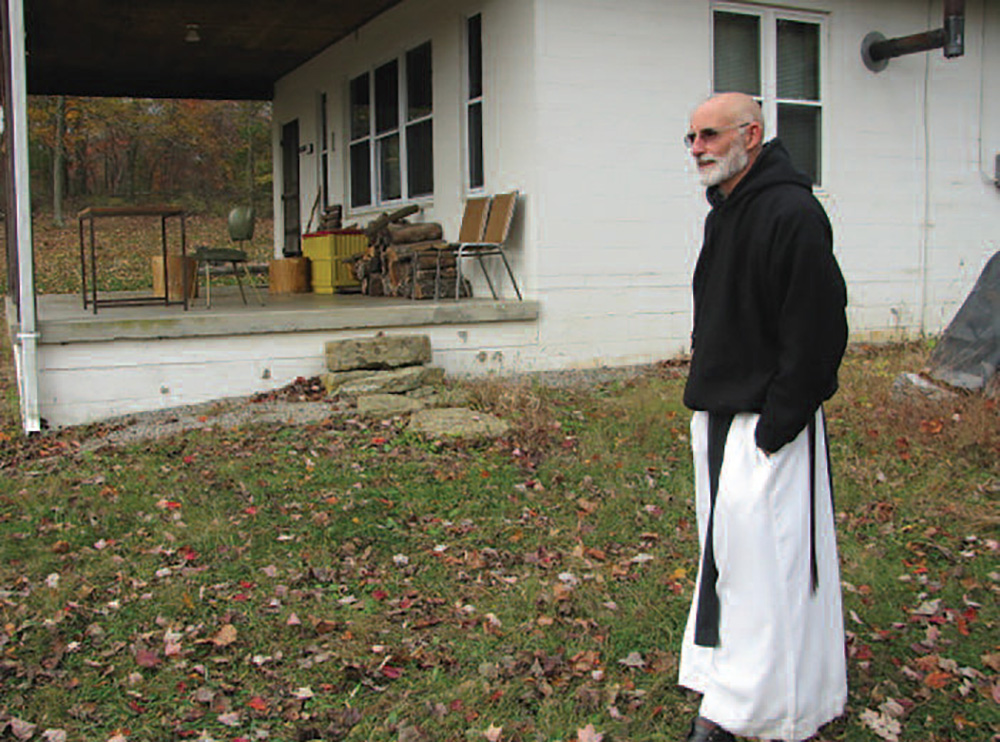
A Week at the Hermitage, by Br. Paul Quenon, O.C.S.O.
A Trappist monk’s sojourn at Thomas Merton’s hermitage
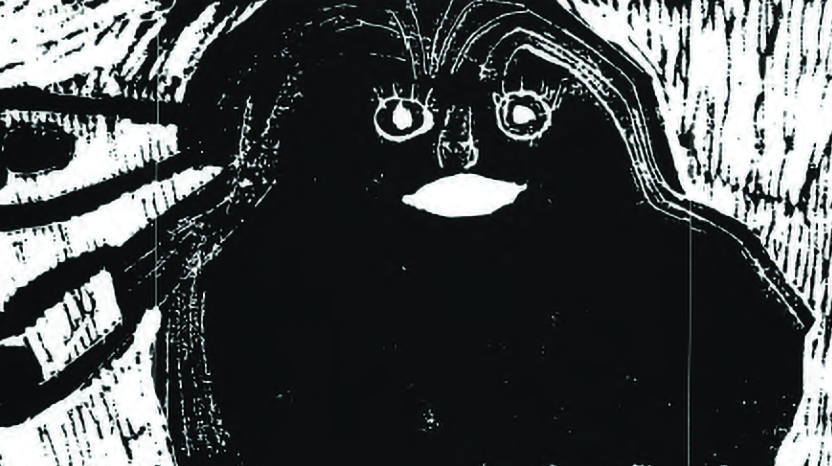
Inanna and the Land of No Return, by Rachel Nora Greene
A child retells the legend of the Sumerian goddess Inanna and her descent to the Nether World.
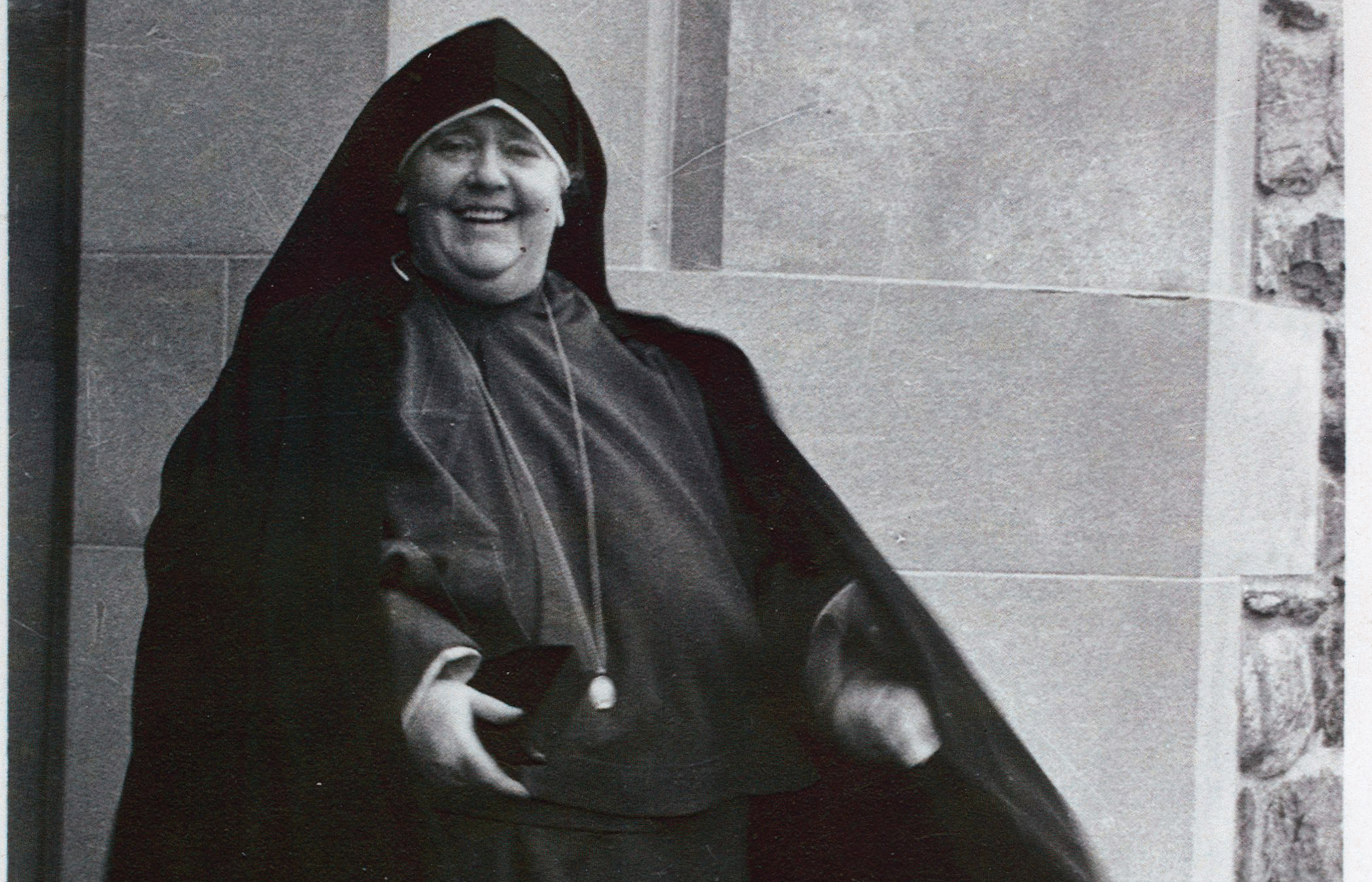
Holy Women, by Robert Ellsberg
Four role models for all who seek the sacred
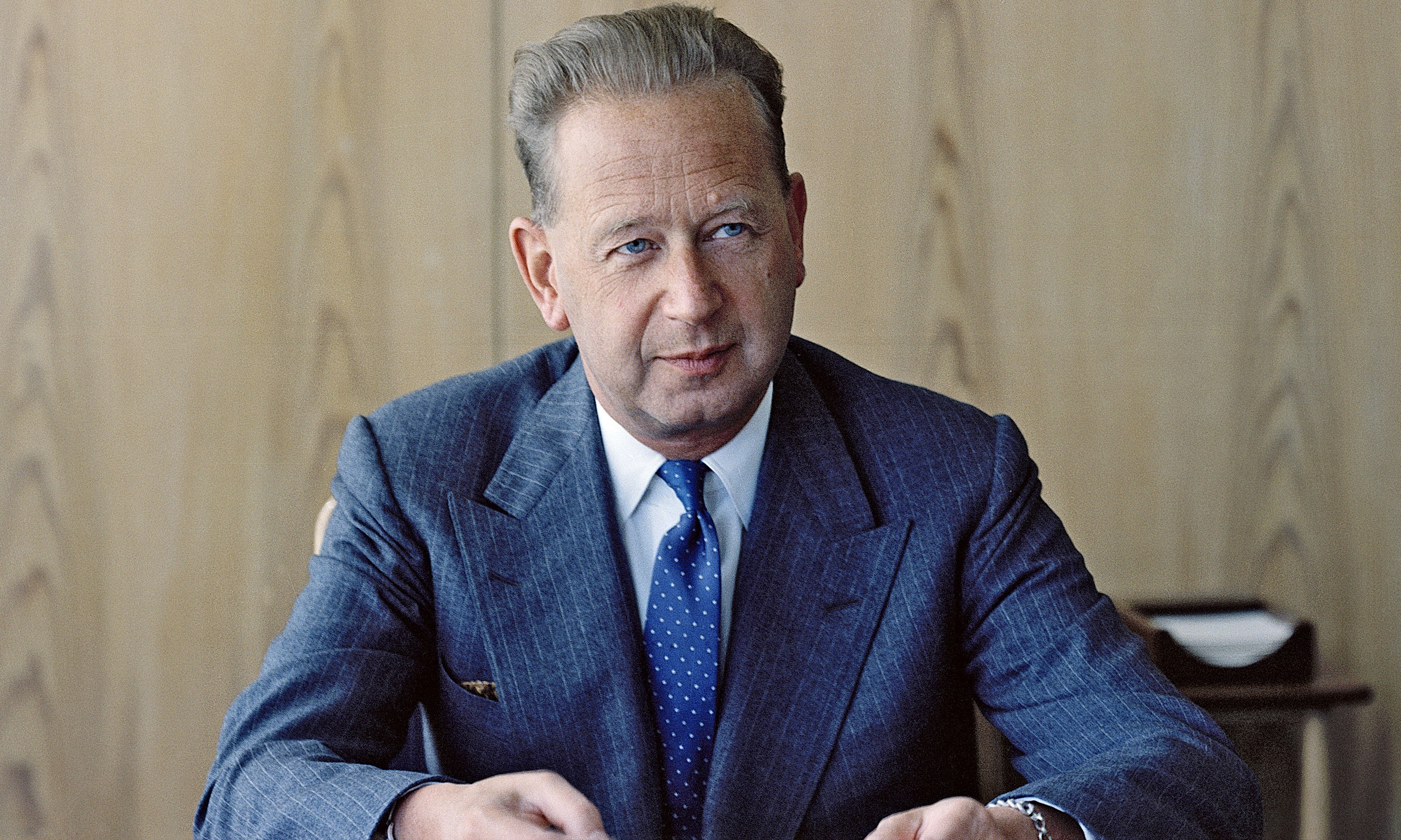
Desiring Peace: A Meditation on Dag Hammarskjöld, by Roger Lipsey
The extraordinary inner life of a great public figure.

Amma, by Lillian Firestone
Amma, 2009 The Hindu spiritual teacher known as Amma (“Mother”), or Mata Amritanandamayi, was born to a family of fishermen in southern India in 1953. Today she is popularly known as the “hugging saint” for her practice of embracing all who approach her as she gives darshan, or an “auspicious sight”…

The Call of the Earth, by Llewellyn Vaughan-Lee
Reconnecting to the sacred, from a Sufi teacher
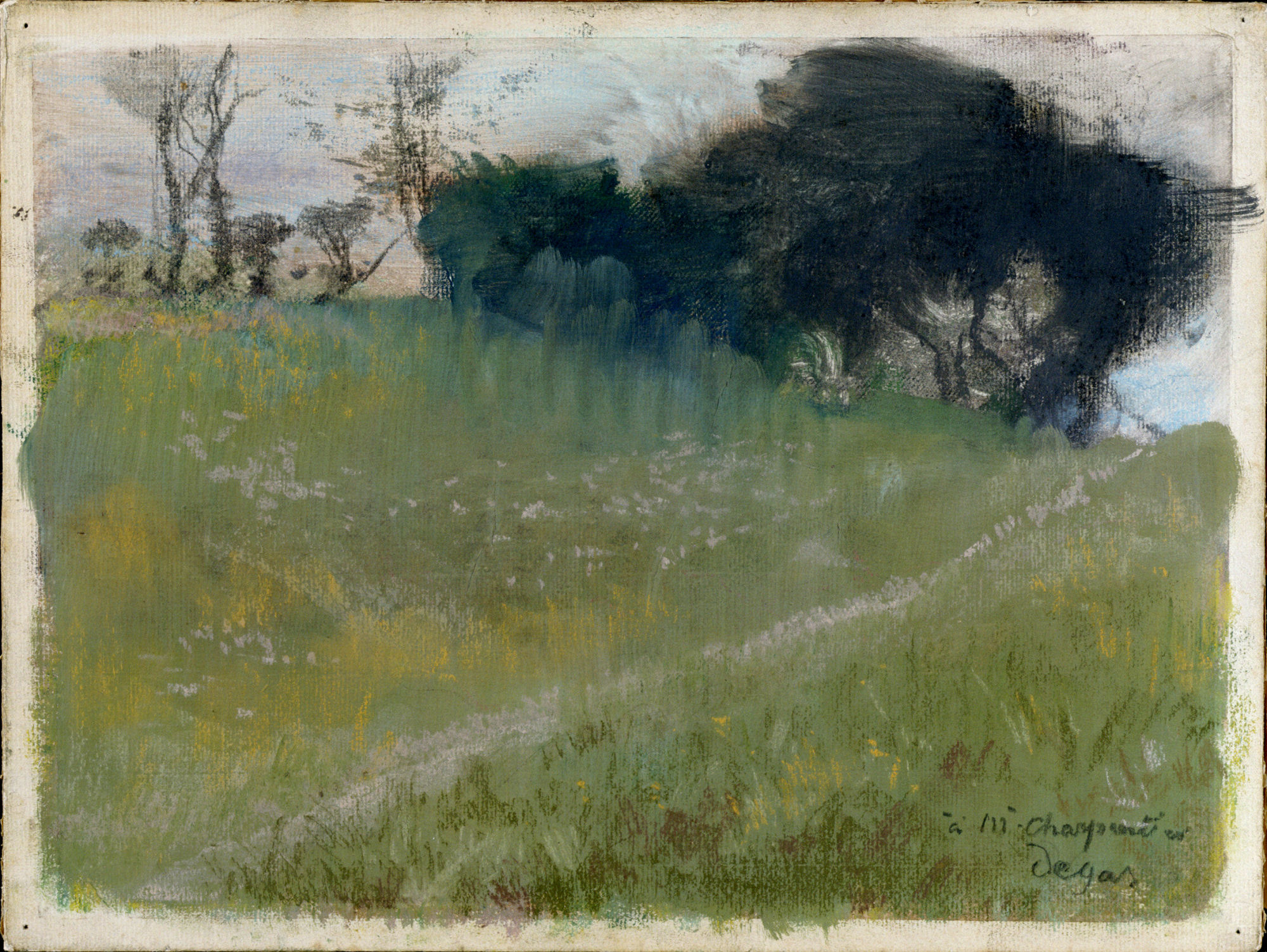
Three Poems by Stephanie Unger
Stephanie Unger is a writer who lives in Buffalo, NY. She has studied poetry at workshops led by Martha Heyneman and others at the Rochester Folk Art Guild in the Finger Lakes Region of New York State.
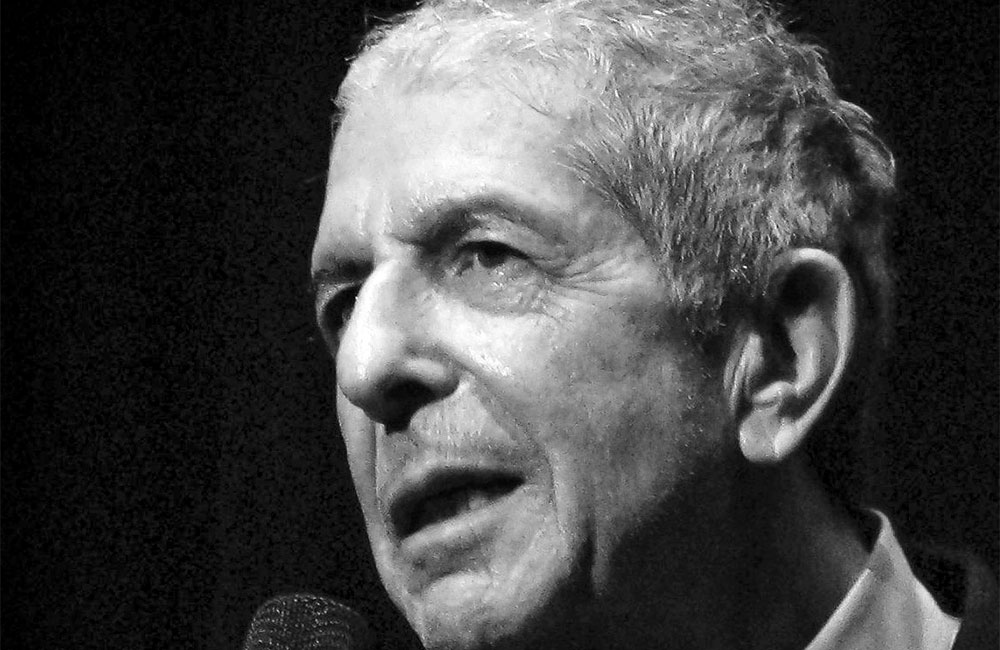
The Poet and the Shepherd, by Joshua Boettiger
King David, Leonard Cohen and the Search for Meaning
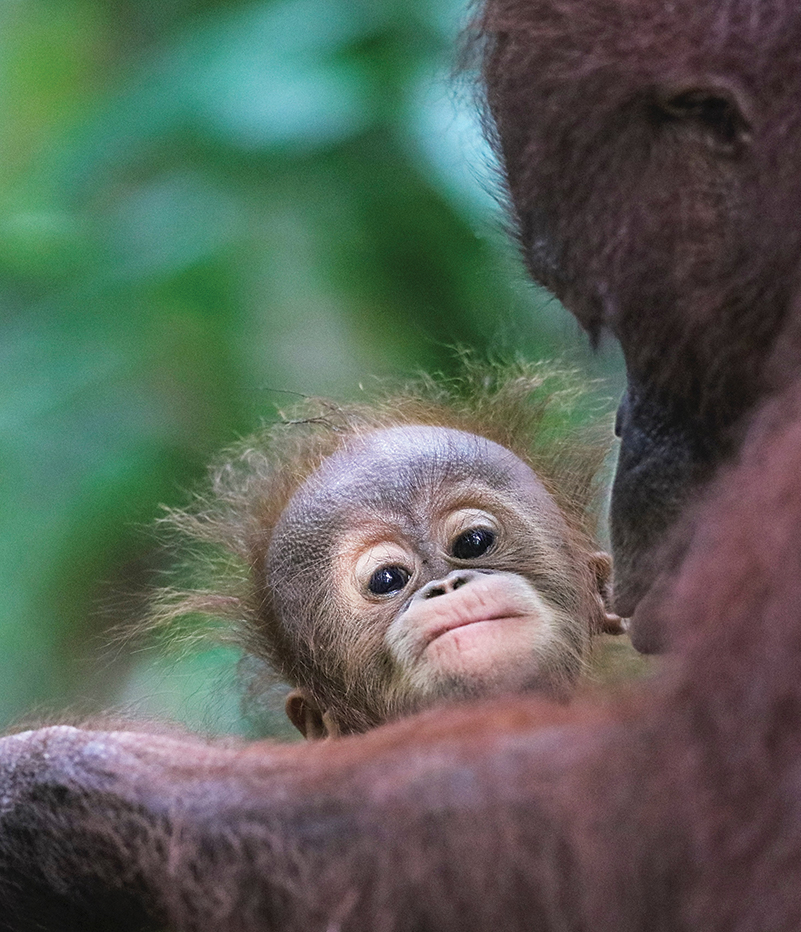
Who Are You? by Jennifer Skiff
A human, an orangutan, a heart-to-heart communion
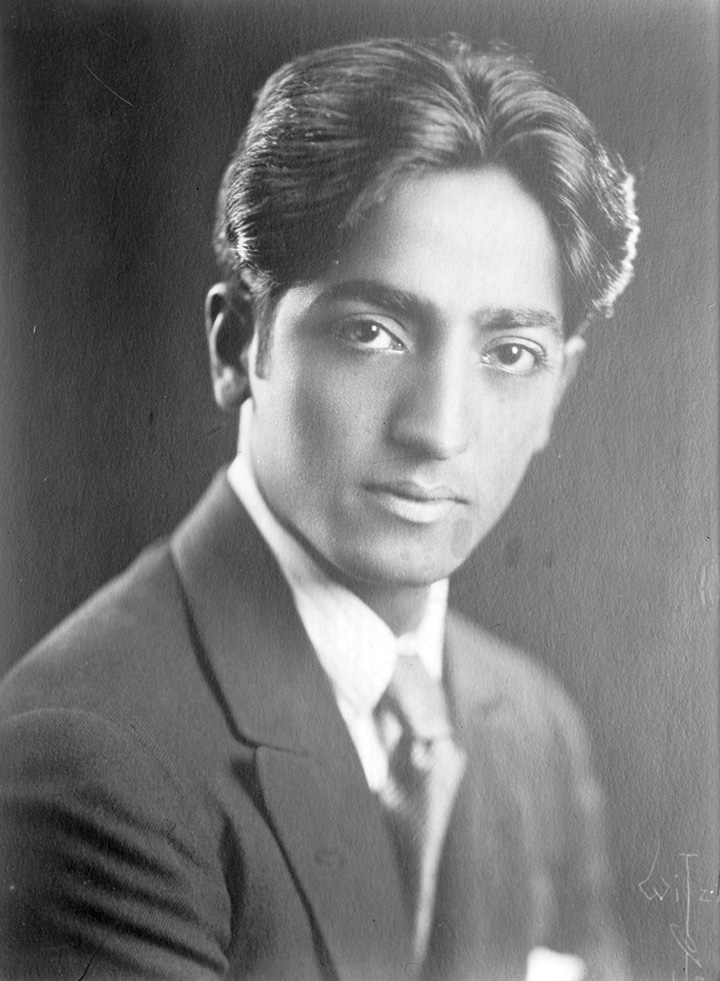
Meeting Krishnamurti, by Ravi Ravindra
Memorable encounters with an extraordinary being
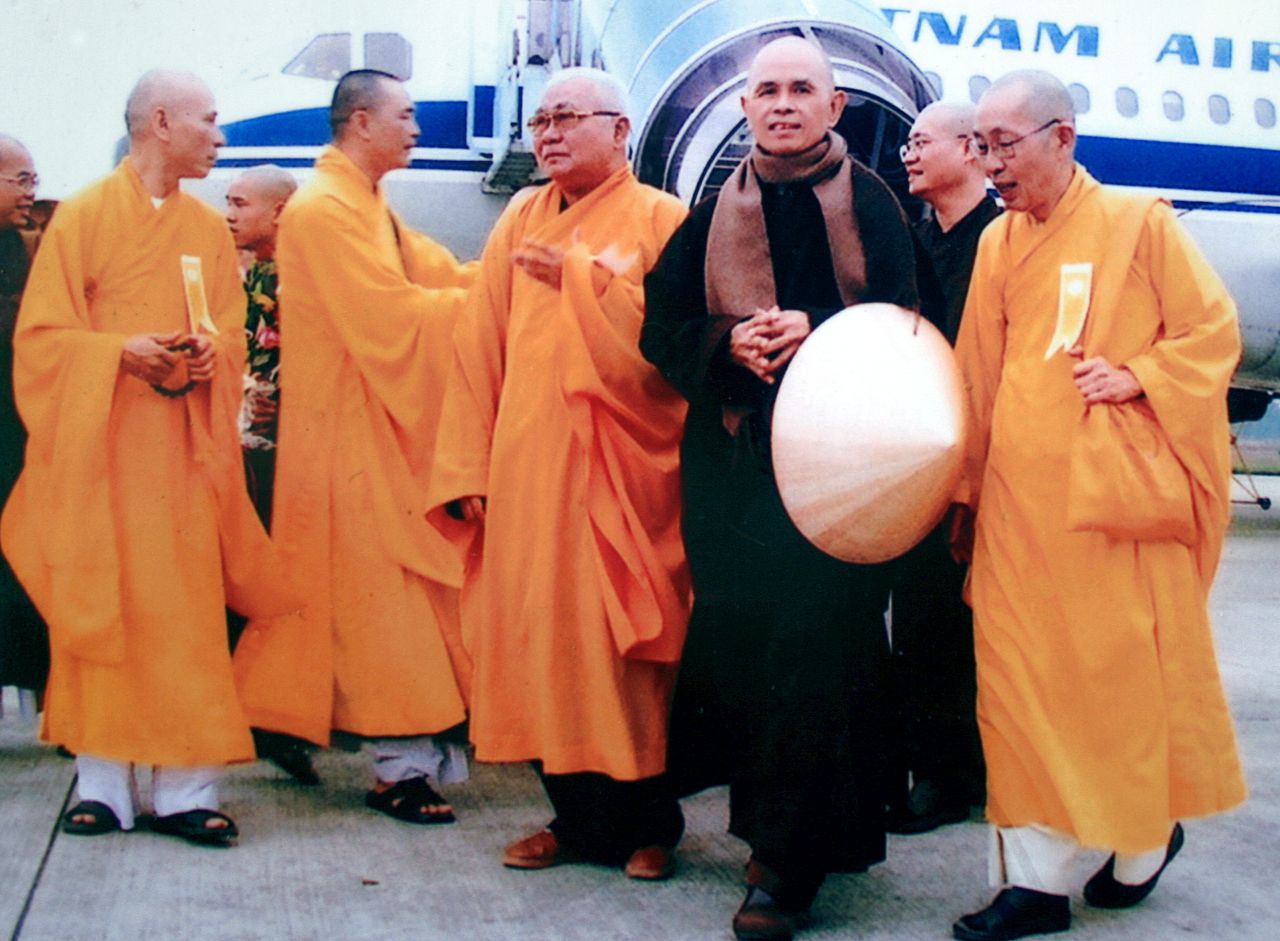
Peace Is Every Step, by Thich Nhat Hanh
Mindfulness and the roots of war

Tracking Thoreau & Leopold, by Keith Badger
A trail toward a Golden Rule, a Land Ethic, and real magic

Down the Well, by Tracy Cochran
What we need is right at hand

Isaac Newton: Magician, by Soraya Field Fiorio
Newton’s inward search for hidden truth
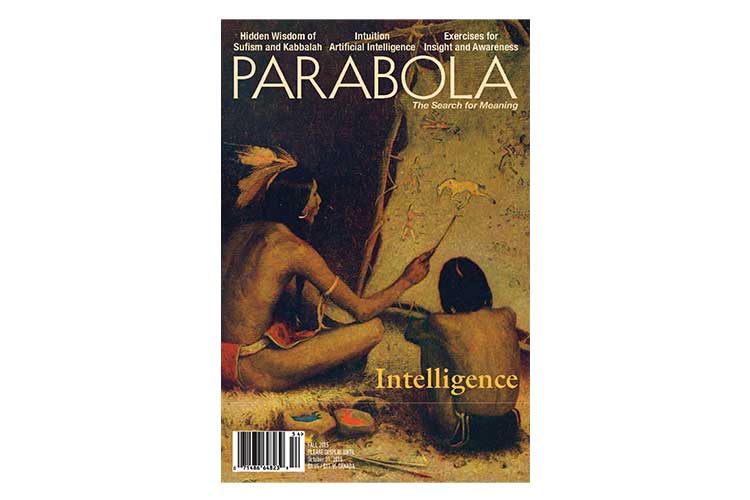
Lesson from Volume 40 No. 2, Fall 2015: Intelligence
Rabbi Douglas Goldhamer, with Peggy Bagley, “Spiritual Laws: The Hidden Wisdom of Kabbalah”
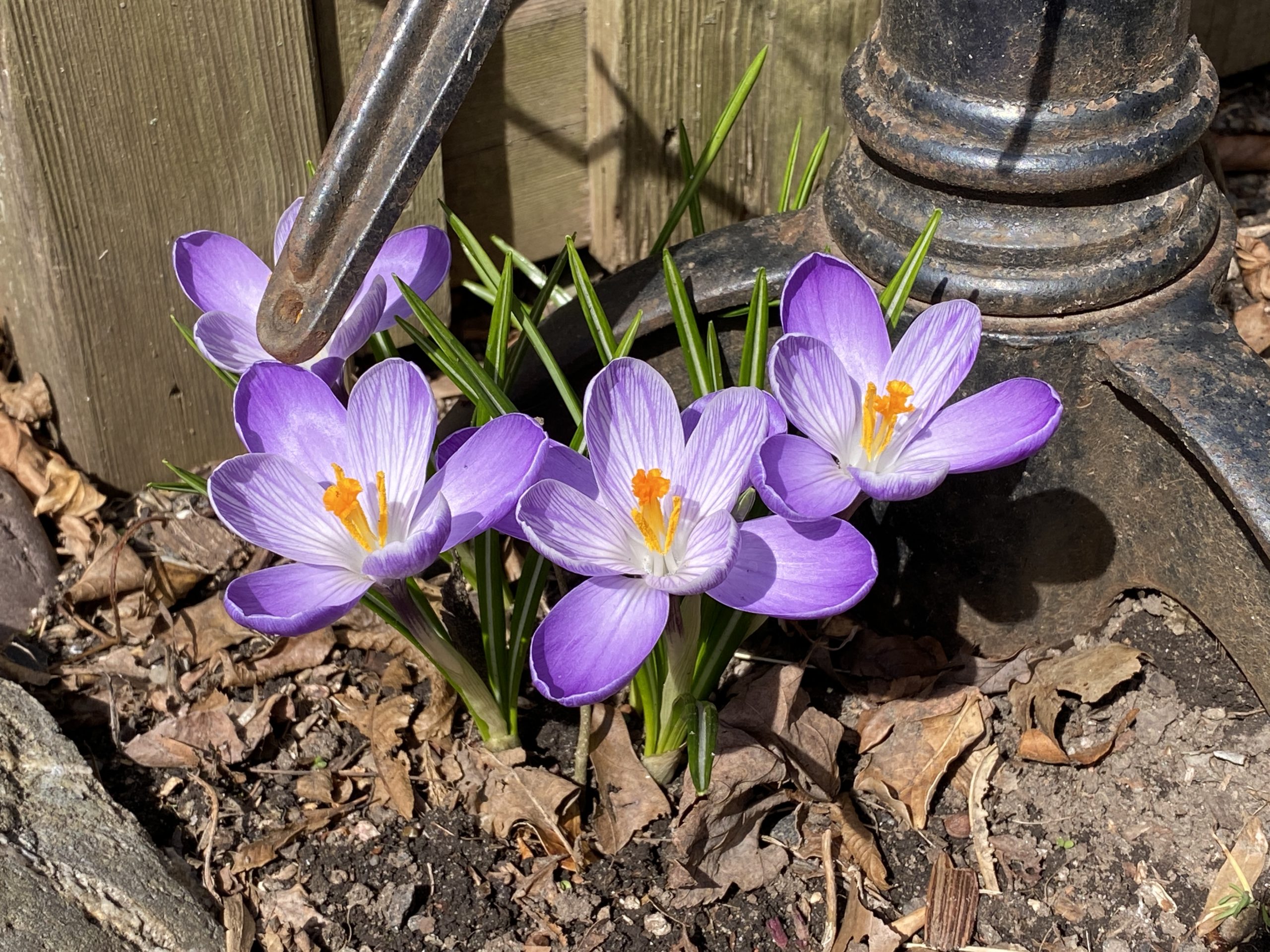
Coronavirus: A New Responsibility, by Lee van Laer
Institutions can give the money, but they don’t dispense the compassion. That’s up to us. We need, as individuals and as a society, to take a long hard look this question. We should begin now, because the question is being forced upon us with an urgency that will only become apparent later, after the excitement…
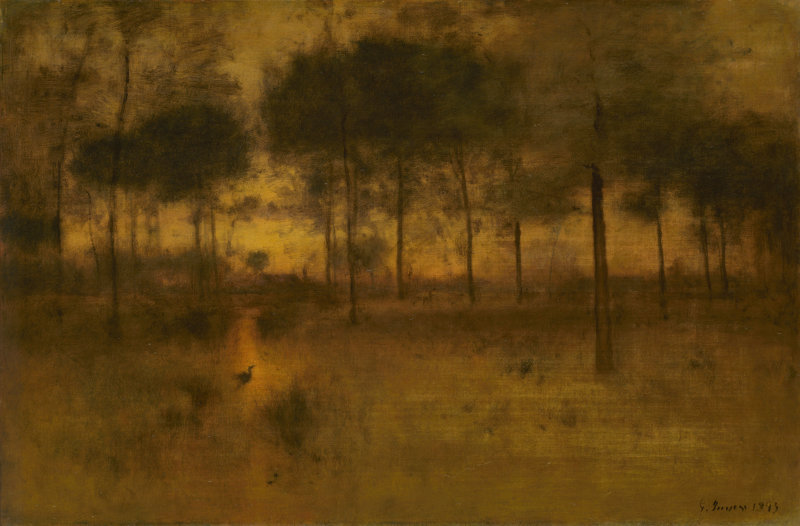
Giving Thanks, by Tracy Cochran
“Today we have gathered and see that the cycles of life continue.”

Pulitzer-winning poet Mary Oliver has died at 83
Mary Oliver was an astonishing poet beloved by many and also a frequent contributor to PARABOLA over the years.

Abba, tell me a word, by Roger Lipsey
The Desert Fathers and Mothers— and their culture of search

The Demands of the Way, by Tcheslaw Tchekhovitch
A spiritual master on what it takes
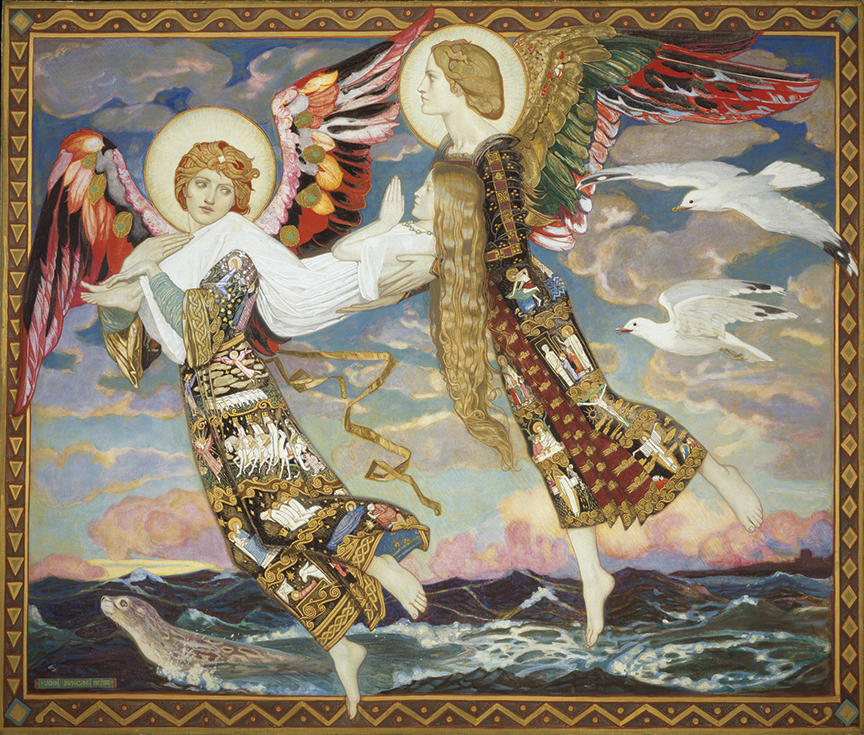
Healing Water Goddesses, by Betsy Cornwell
Four Sacred Guardians

Walt Whitman: Song of Myself, Part 50
A poem by Walt Whitman in our issue, Happiness.

What Happens in Mindfulness, by Cynthia Bourgeault
A review of John Teasdale’s “What Happens in Mindfulness” by Cynthia Bourgeault
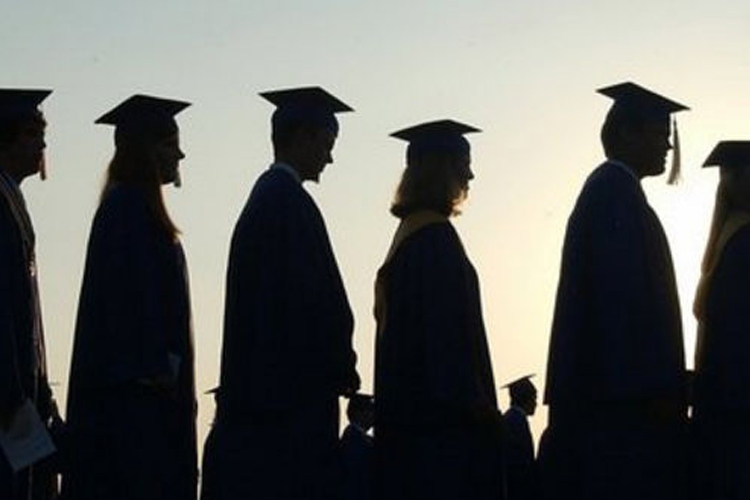
Paths are Made by Walking, by Nipun Mehta
Four steps to take on the road of life
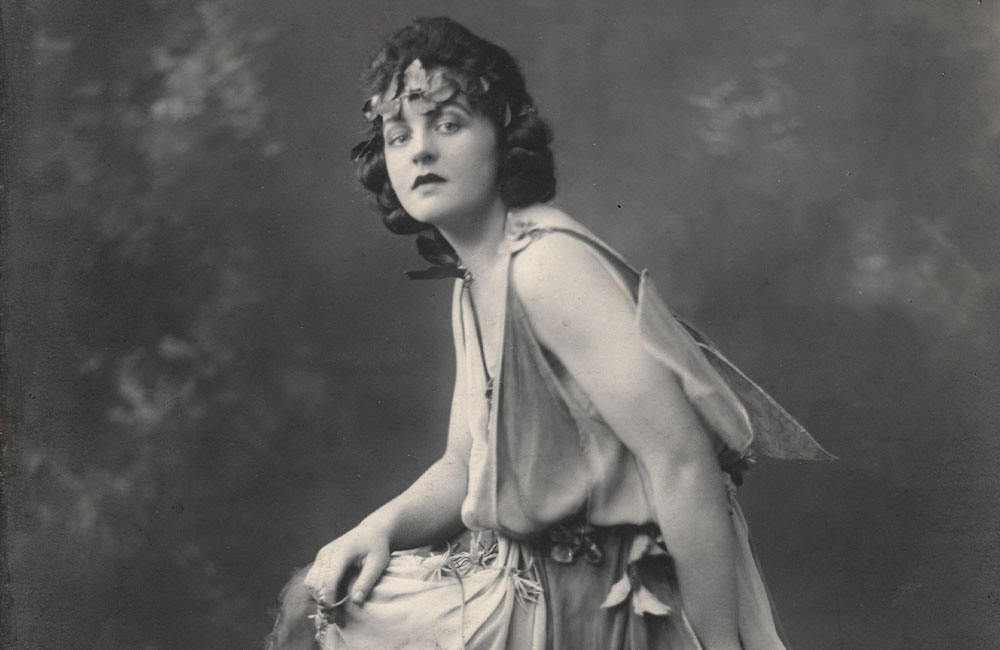
On Unknowing, by Pamela Travers
Travers in the role of Titania in a production of A Midsummer Night’s Dream, c. 1924 (Wikipedia) It is not ignorance. Rather, one could say, a particular process of cognition that has little or no use for words. It is part of our heritage at birth, the infant’s first primer. And the…

To Hold One’s Own, by Surnaí Molloy
Making the world her own

Driving Lessons, by Snigdha Manickavel
A young woman navigates the roads outside—and within
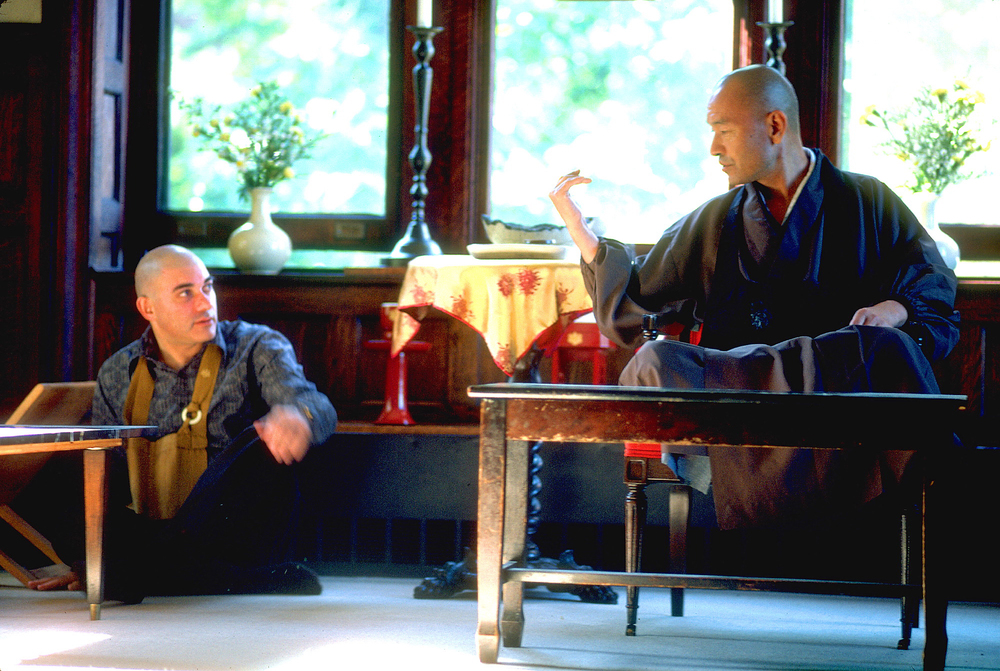
Into The West, by Tracy Cochran
Photograph by Peter Cunningham The rain was coming down in sheets as I drove down a wooded road in rural Montague, Massachusetts, towards the opening ceremony of the Maezumi Institute, the new training center of the Zen Peacemakers Order. “The End” by the Doors was playing on the car stereo. “The…
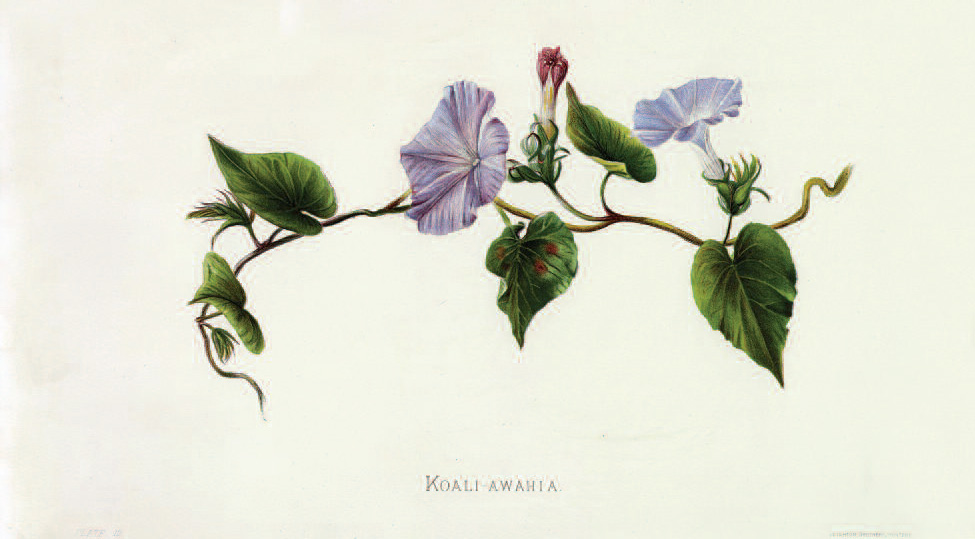
Going Home, by Ram Dass & Mirabai Bush
Welcoming the end of the journey
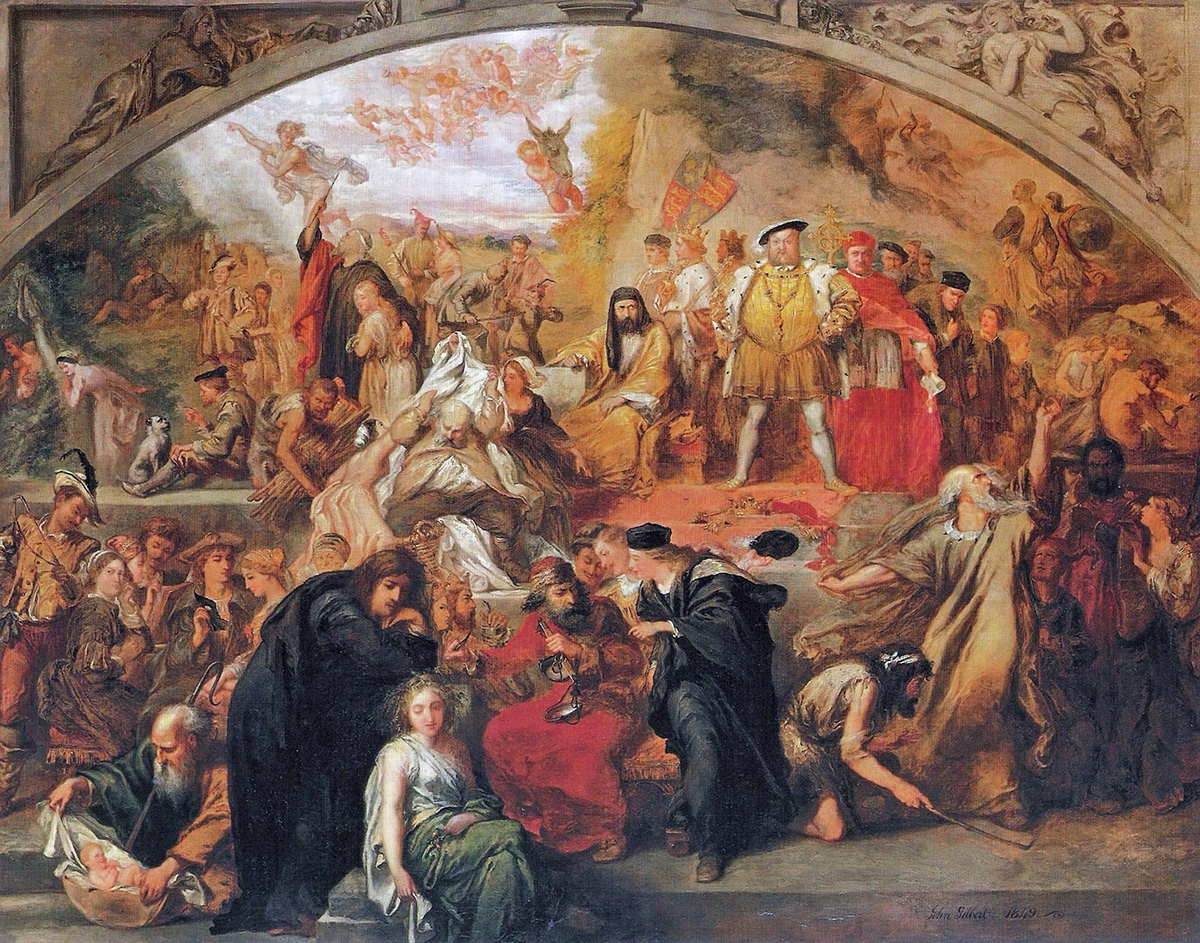
The Esoteric Shakespeare, by Michael White
“All the world’s a stage.”

Make Peace Before the Sun Goes Down, by Roger Lipsey
The long encounter of Thomas Merton and his Abbott, James Fox.

Endpoint from “The Divine Feminine,” Spring 2016
Despite a growing awareness of the Divine Feminine, women remain ineligible to head many major religious groups and institutions […]

Daily Life as Spiritual Exercise, by Karlfried Graf Dürckheim
In the Middle Ages people were well aware of the inexhaustible power that arises simply from sitting still. After that time, knowledge of the purifying power of stillness and its practice was, in the West, largely lost.
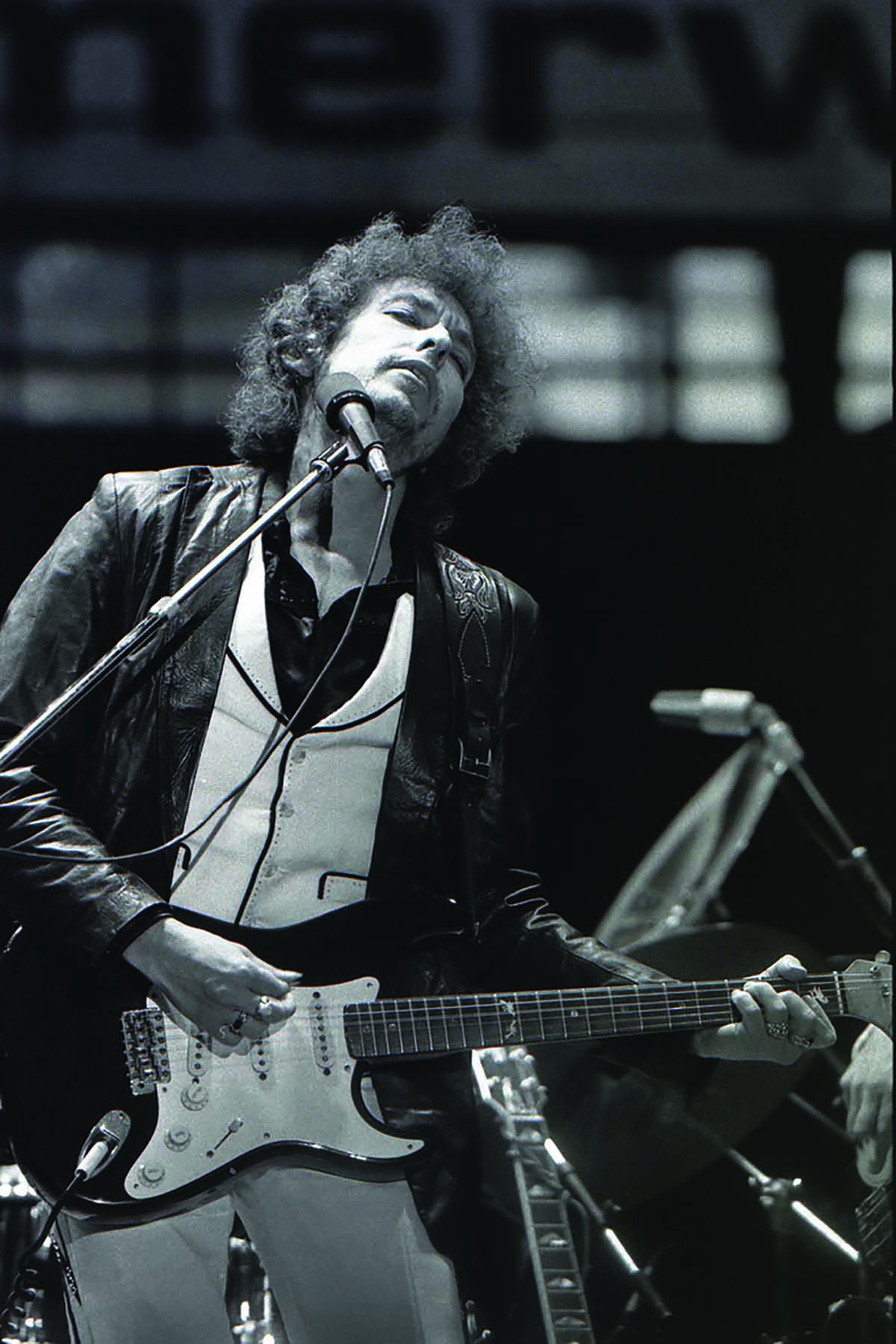
Bob Dylan and the Goddess, by Ed Prideaux
The Nobel winner with his muses

The Miracle of Consciousness, by Christian Wertenbaker
The science and spirit of awareness

Testimony, by Brenton MacKinnon
A powerful remembrance of war and peace
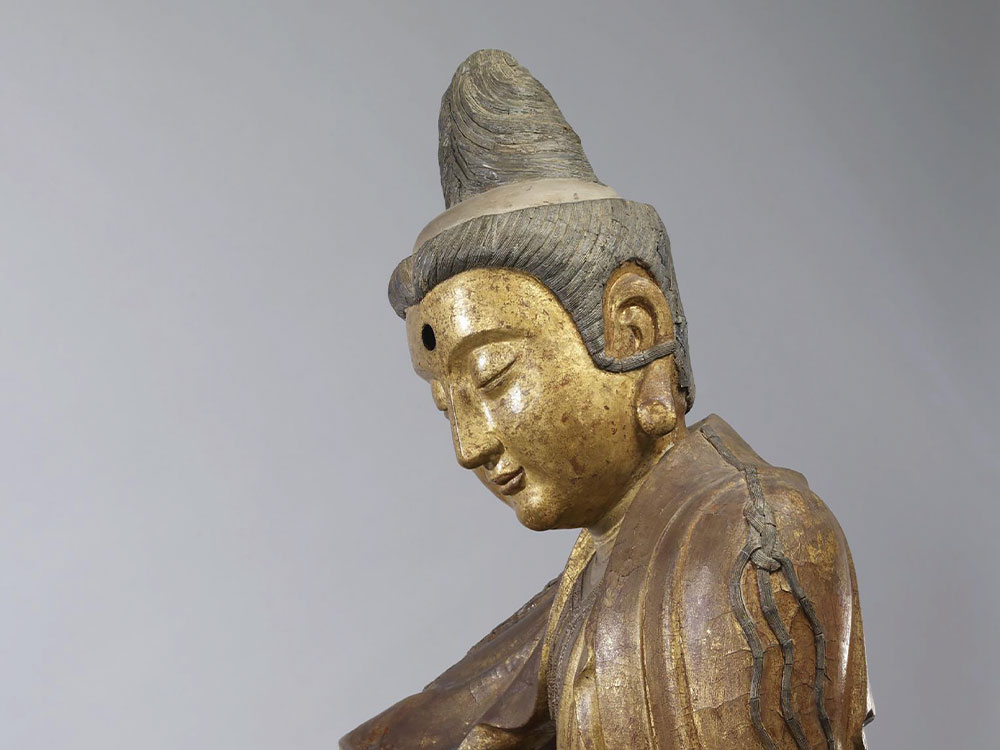
Watching the Wild Things, by Tracy Cochran
Going to the movies, mindfully

Parabola Commemorates the 100th Anniversary of the arrival of Paramahansa Yogananda in America
With a gaze of majestic power, the master electrified me with a glimpse of his cosmic consciousness.

Bose, Το πιο Ριζοσπαστικό Μοναστήρι στη Γη
Από τη στιγμή που ιδρύθηκε, πενήντα χρόνια πριν, η κοινότητα του Bose ήταν προορισμένη να λειτουργήσει ως οδοδείκτης […]
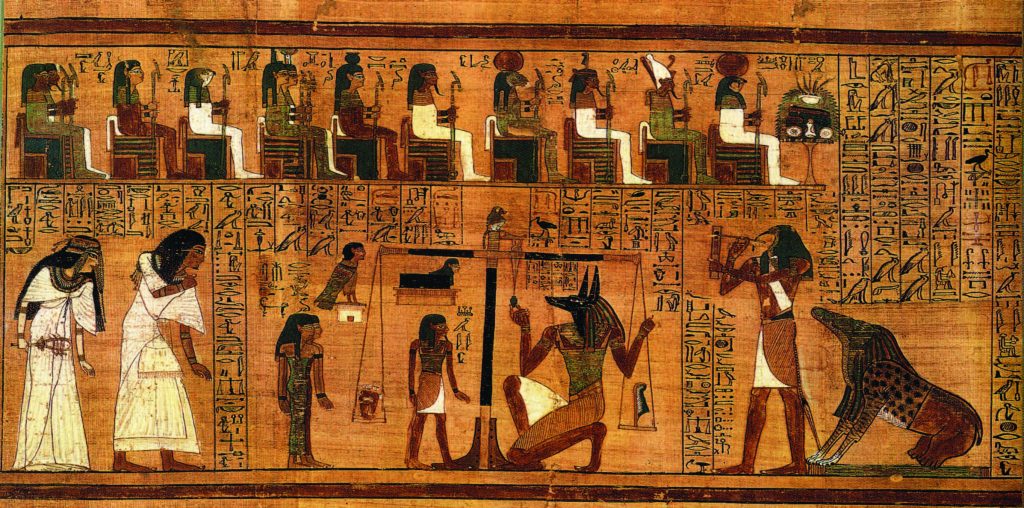
The Way of the Heart, by Cynthia Bourgeault
From the Christian esoteric tradition, a path beyond the mind

The Meaning of Tradition: A Conversation with Huston Smith
Parabola’s first issue, Winter 1976, included the magazine’s first interview. Conducted by then-editor John Loudon, it questioned religion scholar Huston Smith, author of the bestseller The Religions of Man, whom Loudon described as “a man who has traveled widely, but deeply, learning the many languages for what is primordially true.”

For a Man There’s an Order in Life, by James Opie
Homespun advice to a young man in need
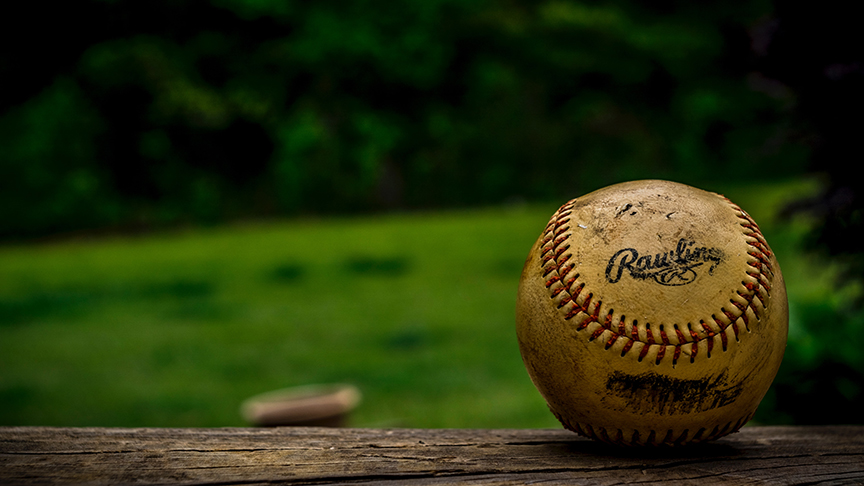
The Lesson, by Fred Cheney
An encounter to last a lifetime

Where Do We Go From Here?, by Trevor Stewart
Reflections on the 2020 All and Everything International Humanities Conference and beyond
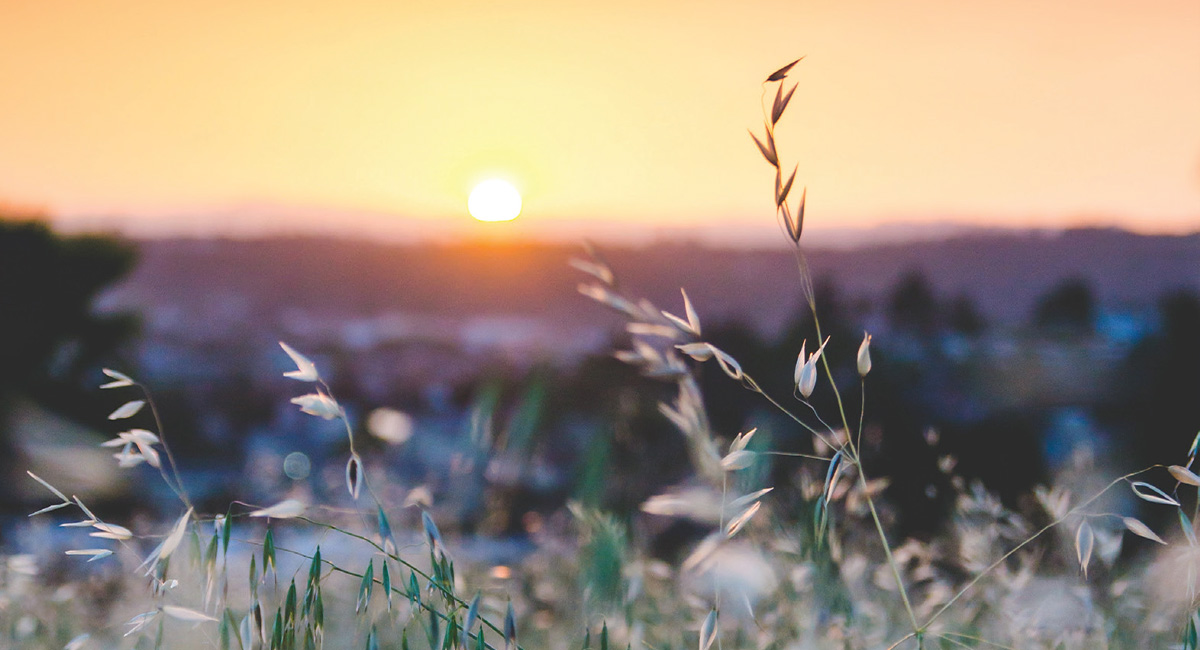
The Calling, by Lucinda Herring
Meeting death with dignity

When I Was Young The Silk, by A. R. Ammons
When I was young the silk
of my mind
hard as a peony head […]

Kuzunoha
Kuzunoha is a popular figure in Japanese folklore

The Ladder of Heavenly Unity, by Sister Joanna
Continuing Orthodox monasticism’s oldest unbroken tradition, Sinai monks still liturgize, shoeless, over the roots of the Burning Bush. On the holy ground where Moses was commanded to remove his sandals—together with all earthly logic—monks turn diversity’s polarizing forces to unity: some of the ways St. Catherine’s Monastery at Mount Sinai (Egypt) brings Byzantium’s patristic spirit…
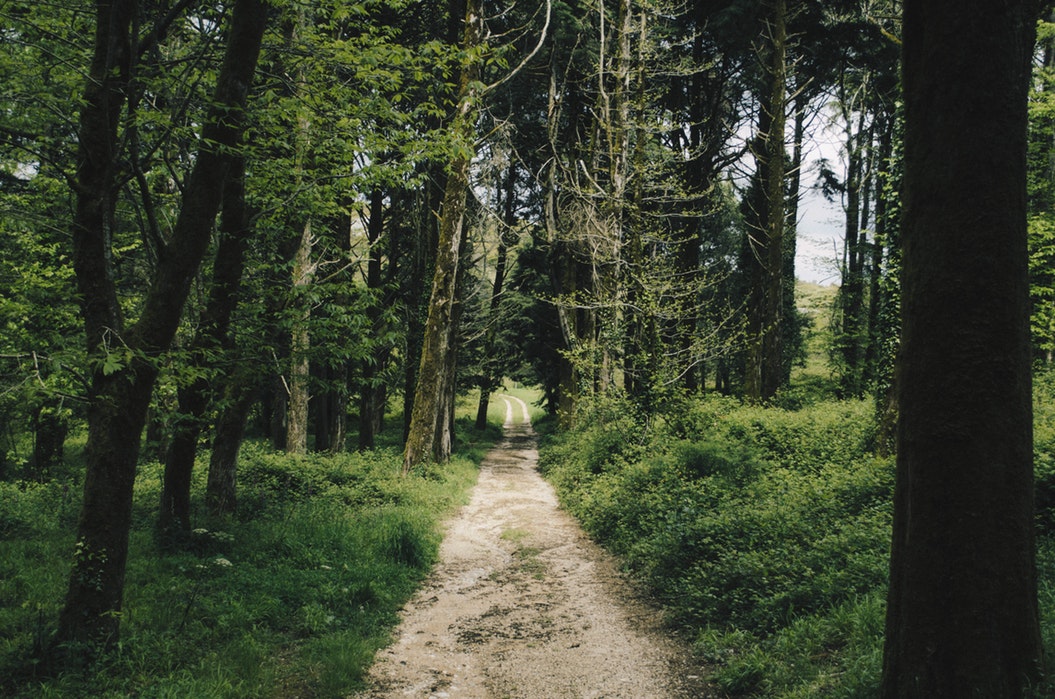
Parabola Podcast Episode 37: Remembering
Story Editor Betsy Cornwell shares excerpts from PARABOLA’s forty-three year archive on the theme of remembering.
Golden Temple, by Neil Patel
Julian Nyca, Golden Temple, Amritsar, India, Wikimedia Commons The night Nimo, Jay, and I arrived in Amritsar, India, we made a cursory survey of the Sikh Golden Temple, wandering around the outer area and meditating at its river banks. The next morning, we woke up at 3:00 A.M. to get there…

Healing the Wounds of War
In contrast to our modern situation, traditional and indigenous peoples had extensive spiritually and communally based warrior medicine, practices and lineages. […]

And So On, by Kent Jones
Within the chaos, a door to “the inexhaustible Now”

Parabola Podcast Episode 47: The Golden Rule
Parabola Magazine · Parabola Podcast Episode 47 The Golden Rule Story Editor Betsy Cornwell shares excerpts from the Winter 2021-2022 issue of Parabola, “The Golden Rule,” including this year’s grand prize winner of the Poetry of the Sacred contest from the Center for Interfaith Relations.

Unity of Spirit
A conversation with intuitive and healer Laura Day Ivisited Laura Day in her apartment in Tribeca in lower Manhattan to talk about intuition. Since her early twenties, Day has been internationally famous for her uncanny ability to know things immediately, without the aid of research or reasoning, accurately seeing the outcome of even arcane events….

Zen Moments, by Pamela Travers
Katsushika Hokusai (1760–1849), Tea house at Koishikawa. The morning after a snowfall We sit on our heels on the tatami, the Japanese woman and myself, telling the stories of our lives. One can do this with a stranger. Too near, and the perspective is lost. Only the far can be near….

The One Who Flies All Around the World, by Thomas Buckley
The dance of wealth among the Yurok tribe
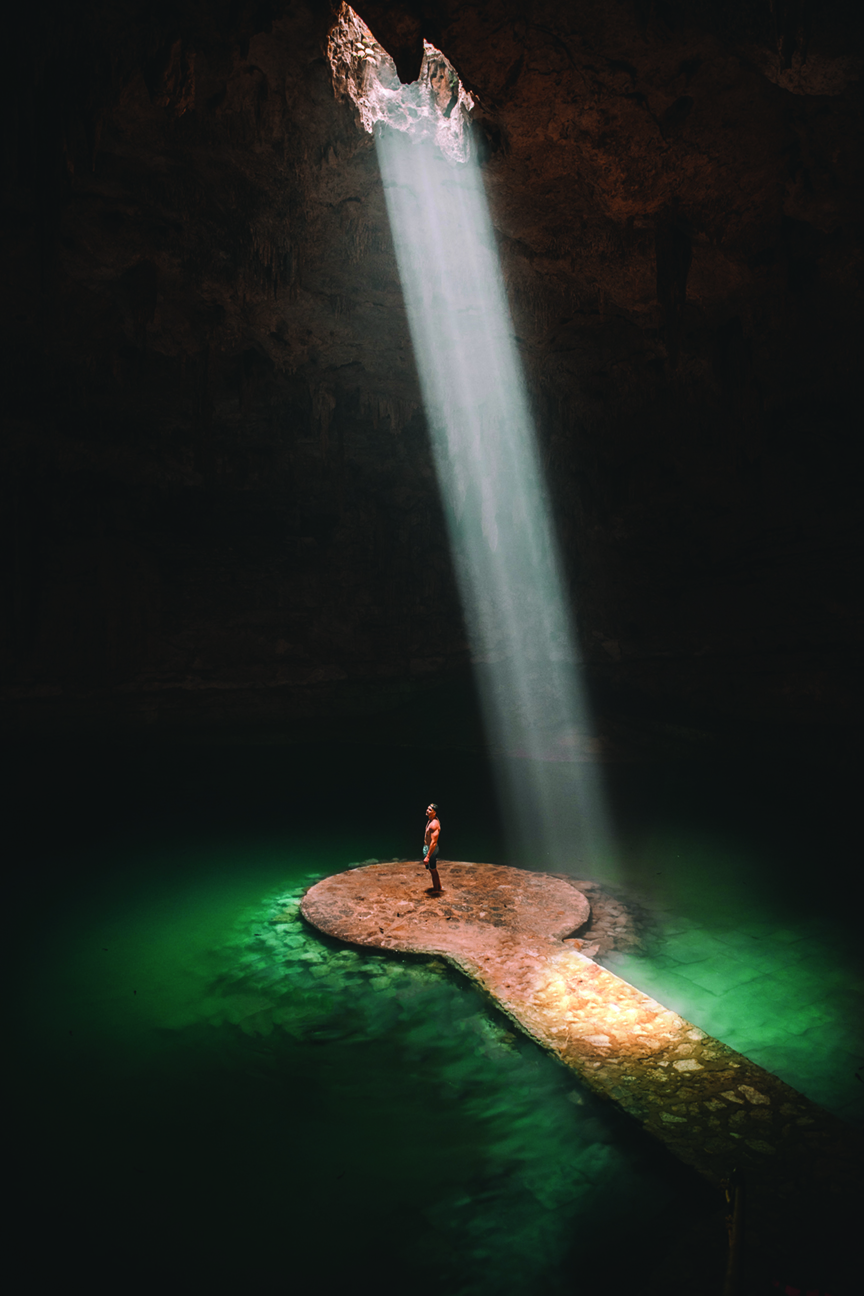
Out of the Dark Depths, by Lane Igoudin
Within a Mayan burial cave, understanding comes
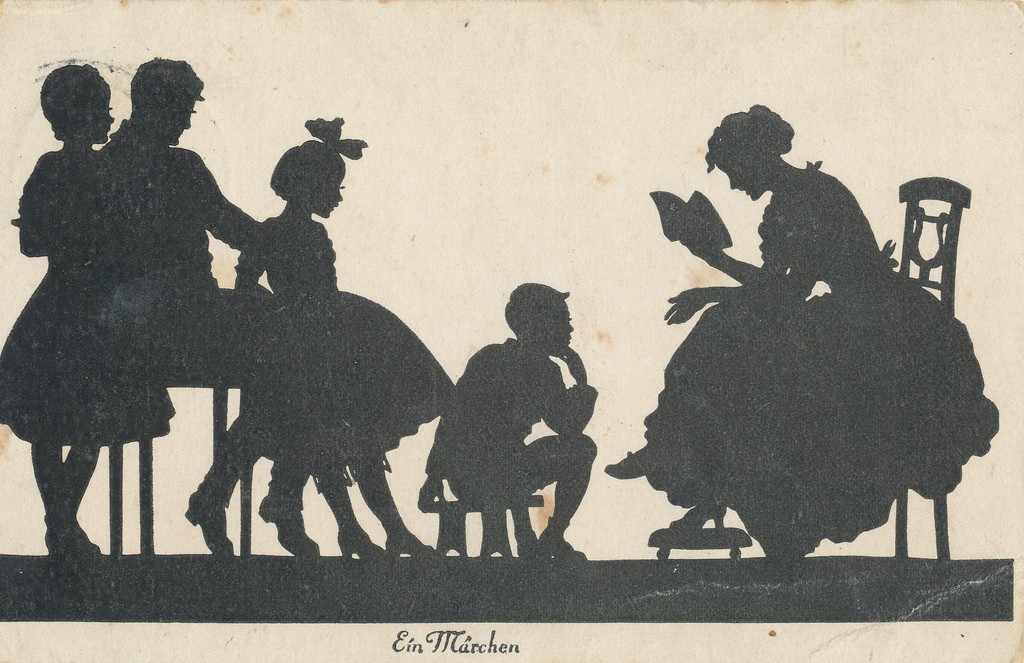
Parabola Podcast, Episode 11: “The Value of Education”
Story Editor Betsy Cornwell reflects on the spiritual value of education in this new episode of Parabola’s free monthly podcast.

Parabola Podcast Episode 29: Hunger
Story editor Betsy Cornwell shares Margaret Delaney’s “The Anonymous Ones” and “Gastronomy in Ancient China” by Donald Haper in the latest episode of our free monthly podcast.

Parabola Podcast Episode 47: Balance
Story editor Betsy Cornwell shares excerpts from the current issue of Parabola, BALANCE.

Conscience
In the autumn of 1971, John G. Bennett inaugurated the International Academy for Continuous Education at Sherborne House, Gloucestershire, England. …
Verbum Ineffabilis, by Anita Doyle
Cezanne, Fruit and Jug on Table, Detail (1890-94). “Before she could speak, my daughter taught me the language of silent things: fruits, flowers, an oaken chair. I came to understand, through my relationship to this small being, why the word adult forms the root of adulteration and adultery. Watching her, it became…
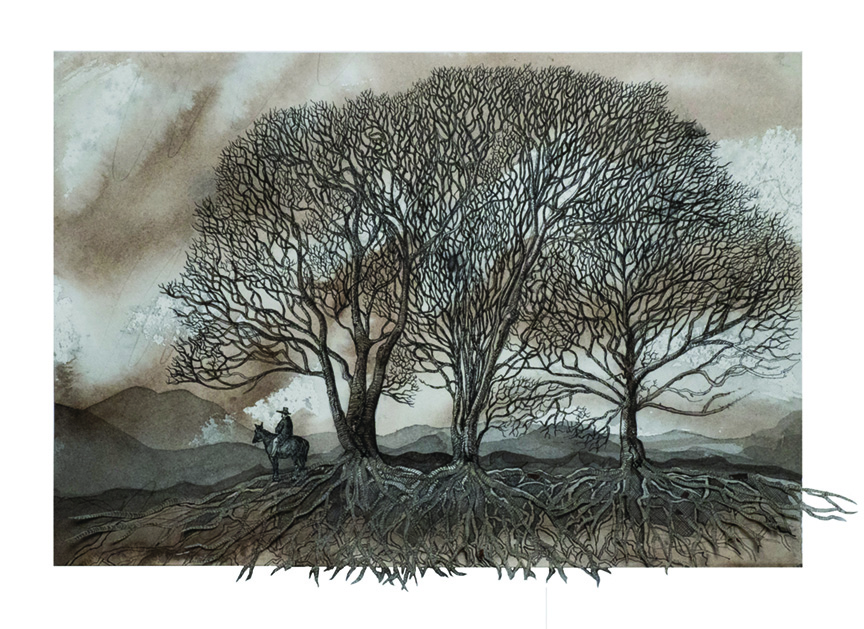
Meeting Remarkable Trees, by Keith Badger
What our arboreal friends can teach us

Out of the Box: How Raven gave light to the world, by Leslie Hebert
Anonymous / Haida
Retold by Leslie Hebert
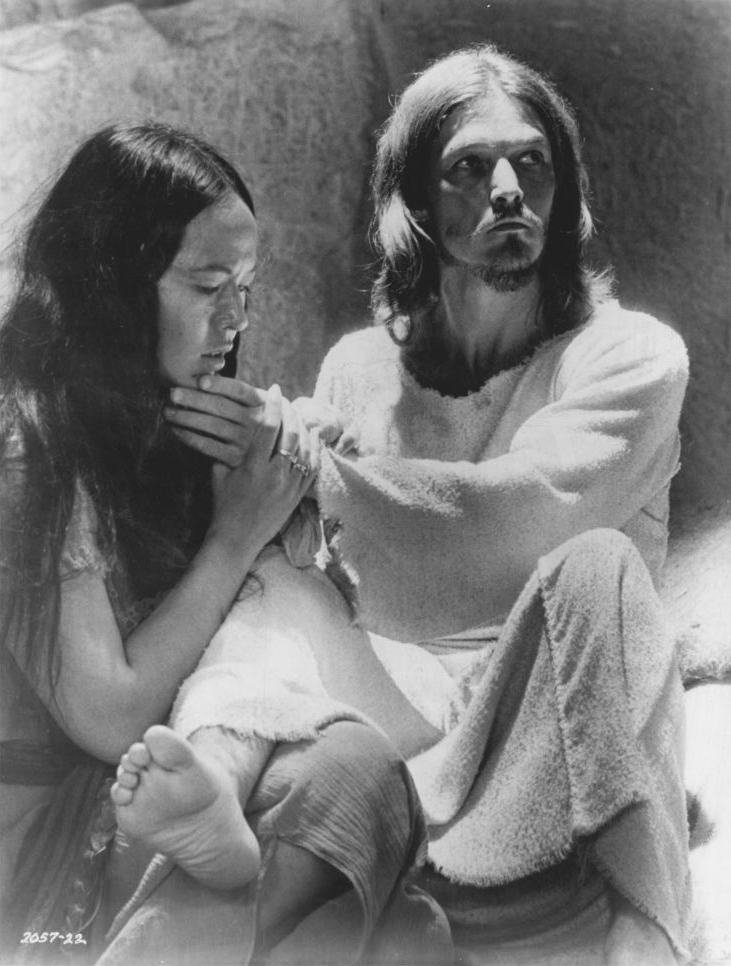
Rated “Condemned”, by Jean Iversen
Tasting the forbidden fruit

Marion Woodman and the Search for the Conscious Feminine, by Patty de Llosa
Marion Woodman “The true feminine is the receptacle of love. The true masculine is the spirit that goes into the eternal unknown in search of meaning. The great container, the Self, is paradoxically both male and female and contains both. If these are projected onto the outside world, transcendence ceases to…

LETTERS FROM HELL, by Jan Cheripko
LETTERS FROM HELL by Valdemar Adolph Thisted. Preface by George MacDonald. Reviewed by Jan Cheripko

Prophets without Robes or Staffs, by Roger Lipsey
Hammarskjöld, Havel, Mandela, Thunberg

I Have A Suitcase, by Lee van Laer
I have a suitcase
Packed with many things. …
A Formal Feeling Comes
Bonfire, courtesy of Wikimedia Commons “After great pain, a formal feeling comes,” writes Emily Dickinson. “The Nerves sit ceremonious, like Tombs.” After a great shock or loss or change, a stillness comes. We sit still and receive life without leaning forward to grasp at it or commenting on it—think of the…

The Third Striving
The nature of wisdom is necessarily esoteric, because it subsists on a level which both transcends and is internal to, anything we can directly observe. …
The Middle Ground, by William Segal
There is a middle ground, a basic Reality embracing self and Self. It may be called my true nature. To discover what
prevents me from the experience of it, I have only to look at myself, just as I am. […]

Living Ancestors, by Frederick Franck
Hamada, Leach and Yanagi in the United States, probably Hawaii, in 1952 “The institution of Living National Treasures was started in the fifties–when Japan’s machine culture was preparing to overtake ours–barely a hundred years after the West had forced the opening up of its insular, agricultural society. The title “Living National…

HOW GOD BECAME GOD: What Scholars are Really Saying About God And the Bible
“We have been thrown into this world without knowing why or how. As people sometimes say, “I didn’t ask to be born.” And you didn’t (at least as far as you can remember). But you are here, and you have to deal with it.”

Lesson from Volume 36 No. 3, Fall 2011: Seeing
Anonymous, “Nomad Girl” retold by Barbara H. Berger

Prospero, Jonah, and “The Greek”: A Winter’s Odyssey, by Cynthia Bourgeault
A stormy voyage into mystery and revelation
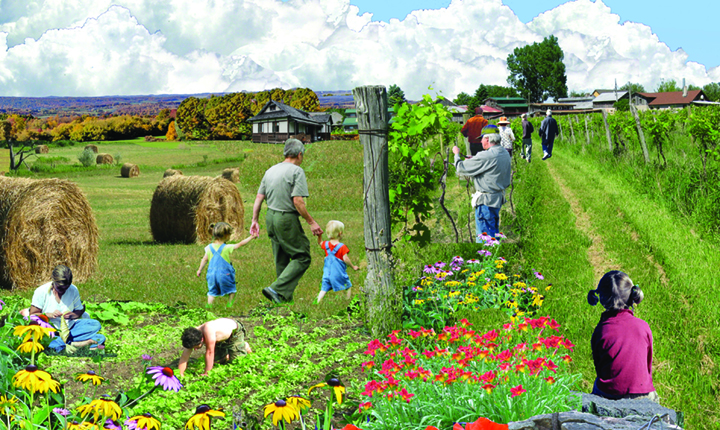
East Hill Farm, by Jonathan James
A leap of faith into an “intentional” community

The Divine Dance: The Trinity and Your Transformation
“The Divine Dance: The Trinity and Your Transformation” by Richard Rohr with Mike Morrell. Reviewed by Patty de Llosa

The Gospel of Mary Magdalene, by Cynthia Bourgeault
Was she “first among the apostles” of Jesus Christ?
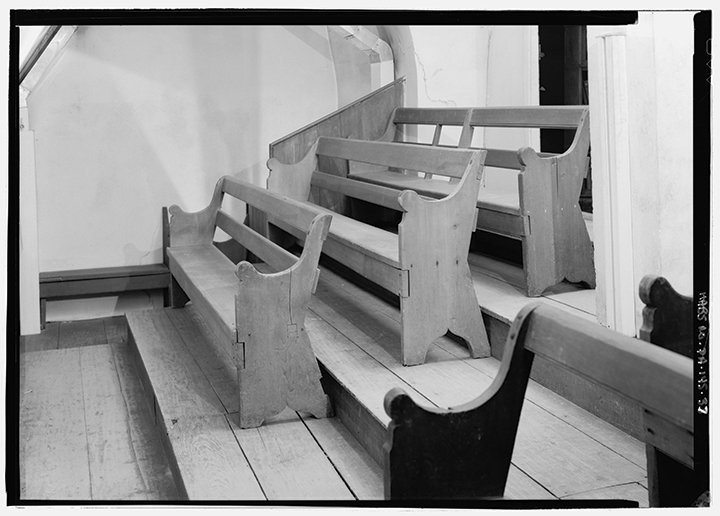
The Missing Piece, by Cynthia Bourgeault
A transformative discovery lights the way
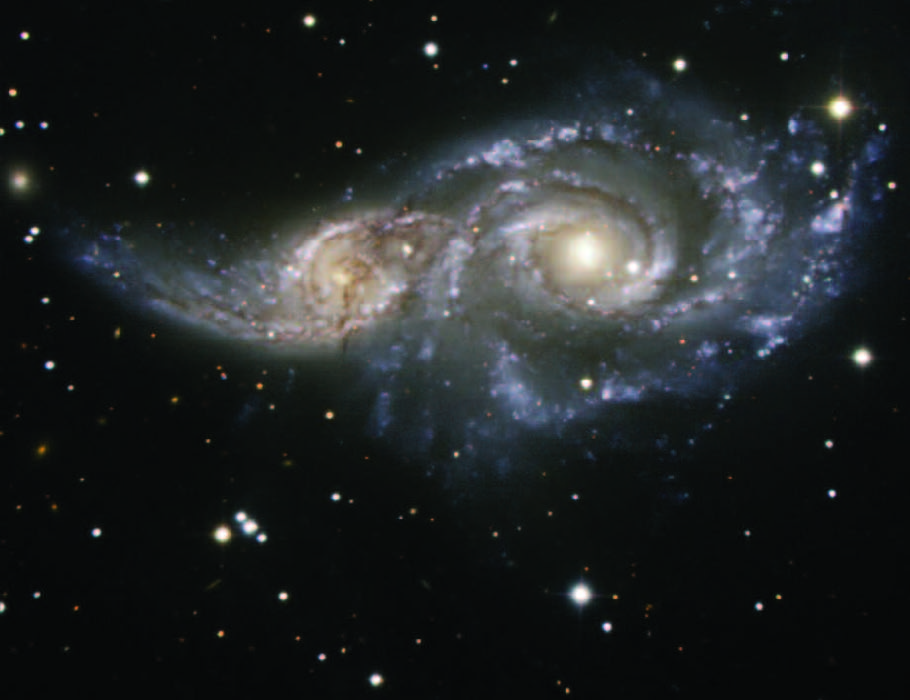
Exploring the Frontiers of Science: A Conversation with Leo Piilonen
A conversation with physicist Leo Piilonen
